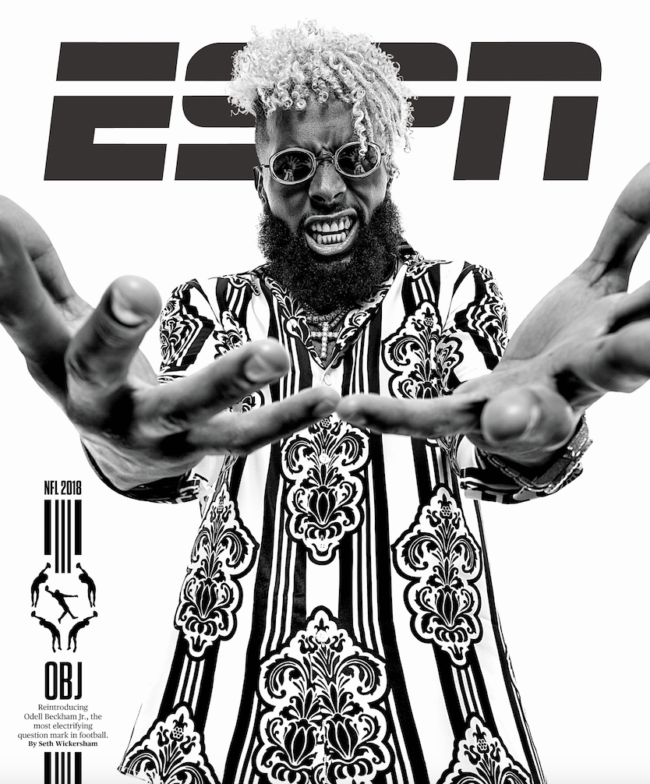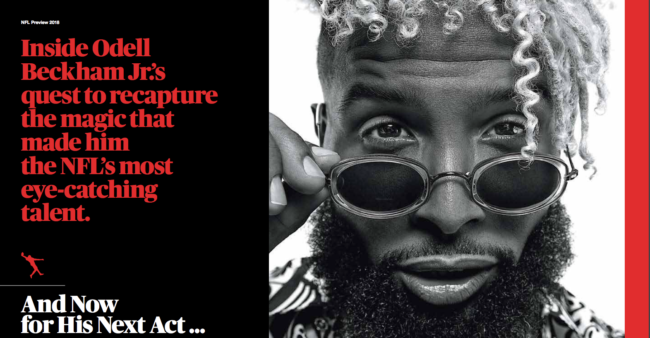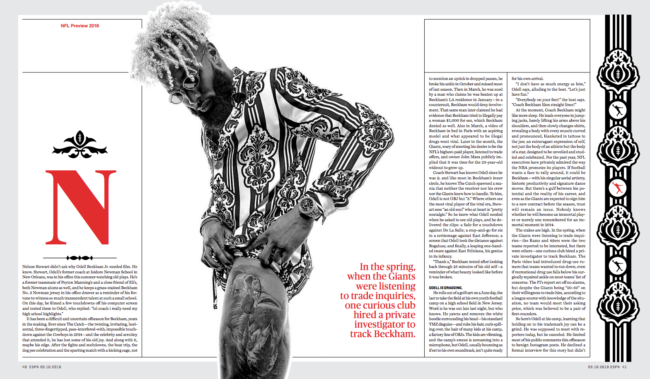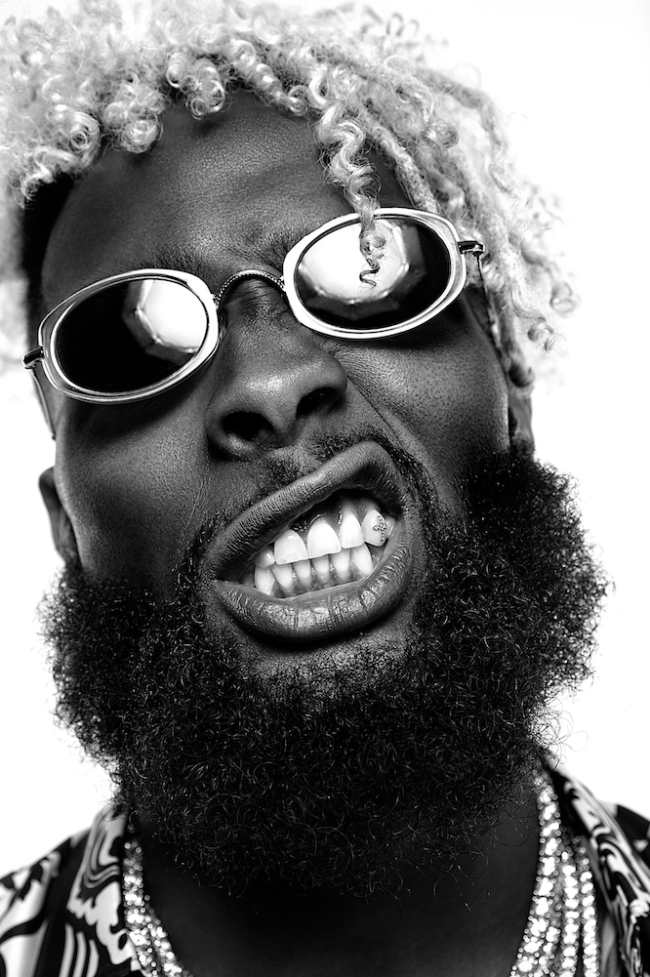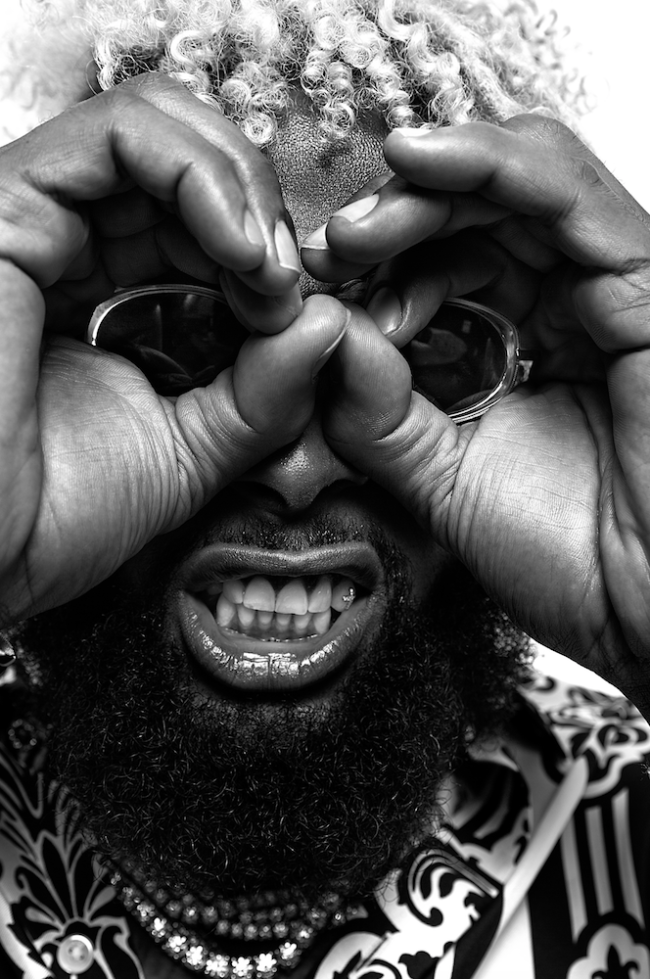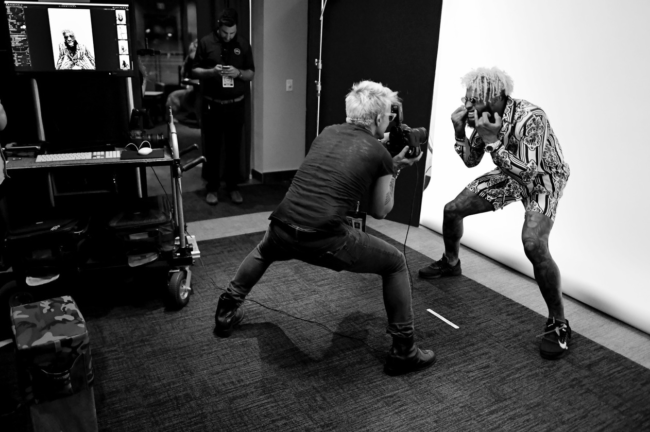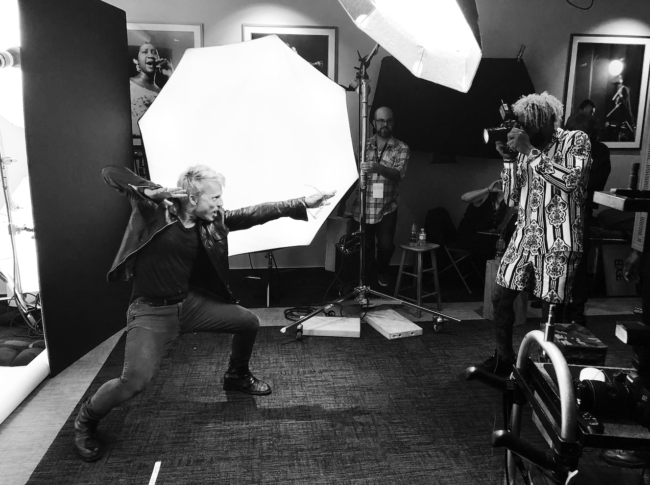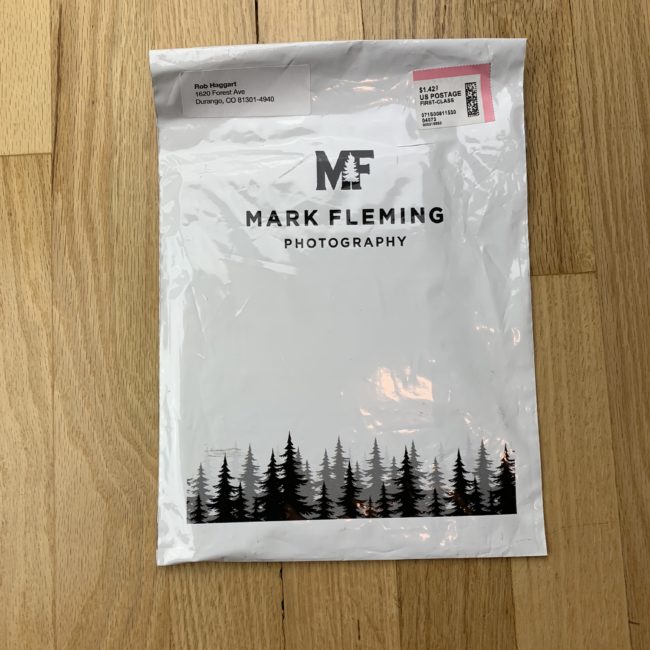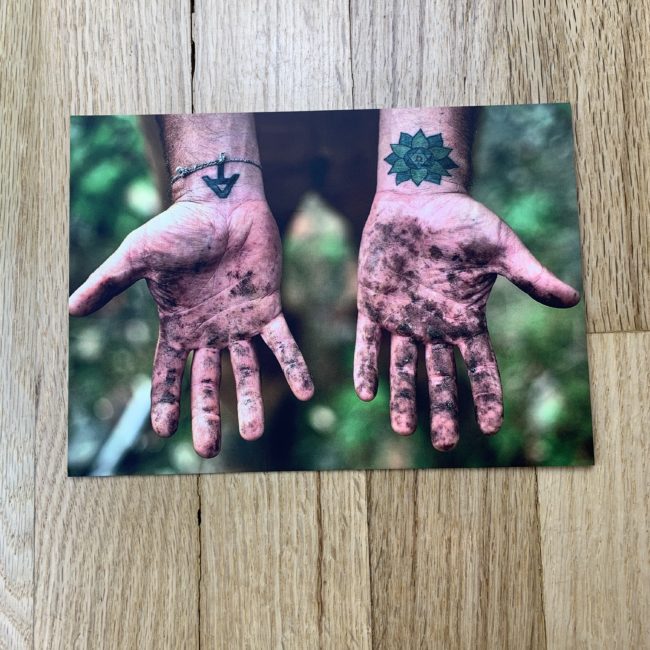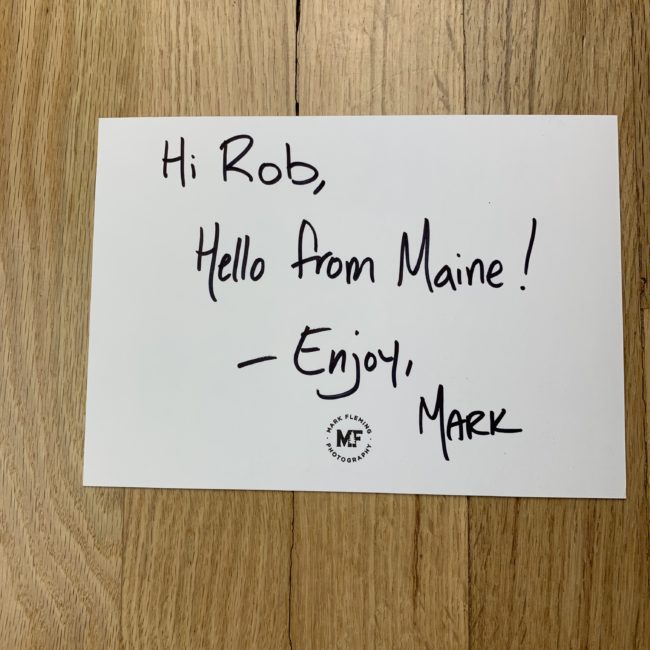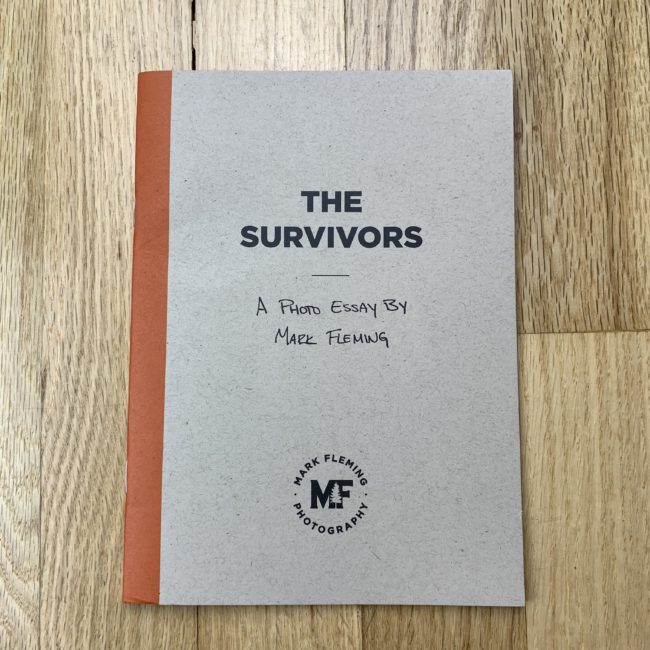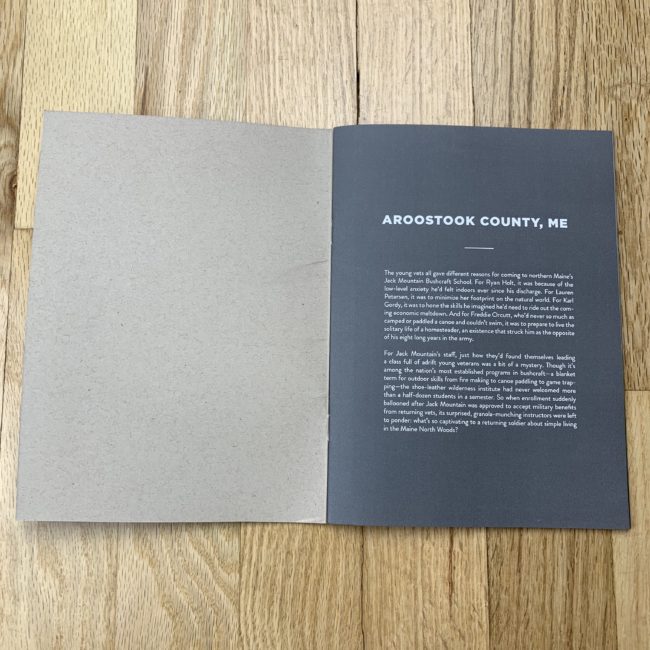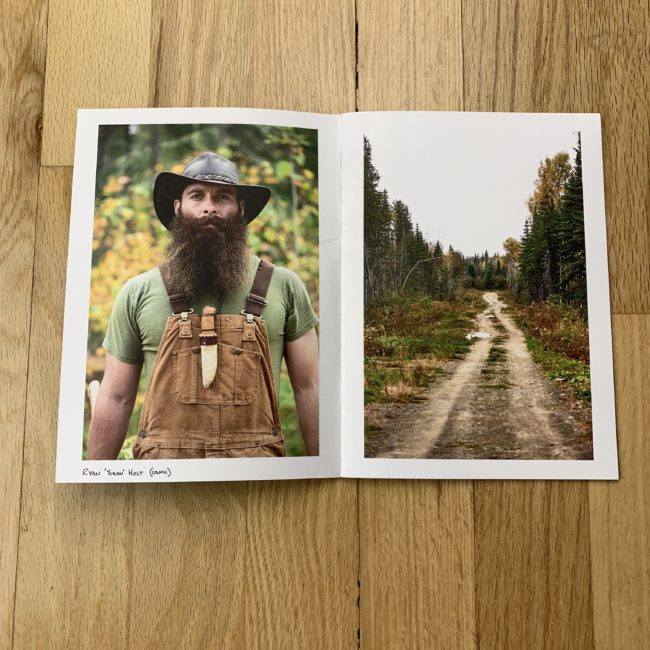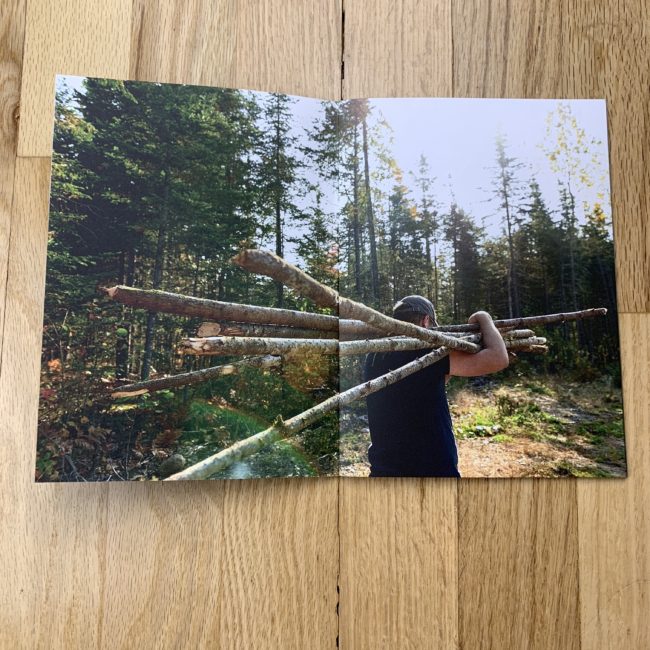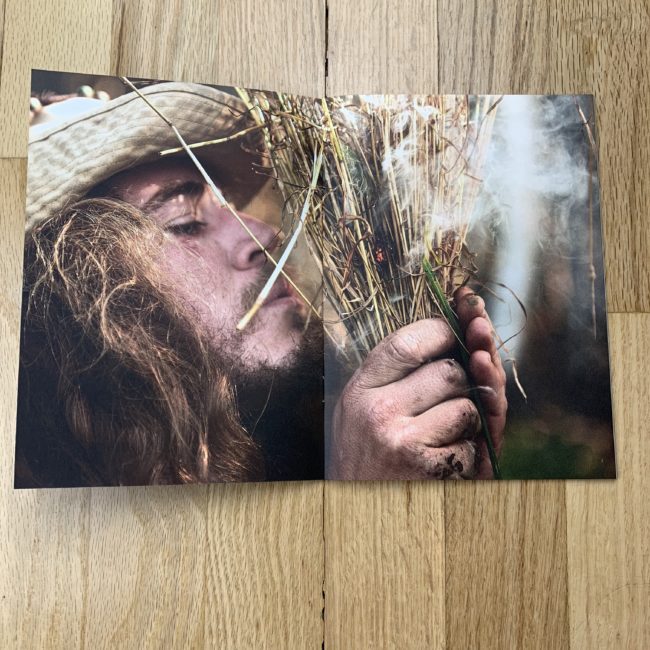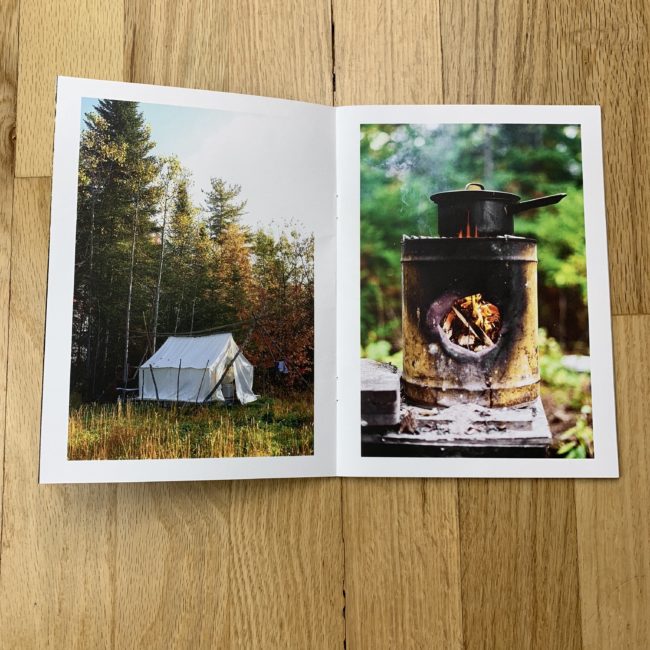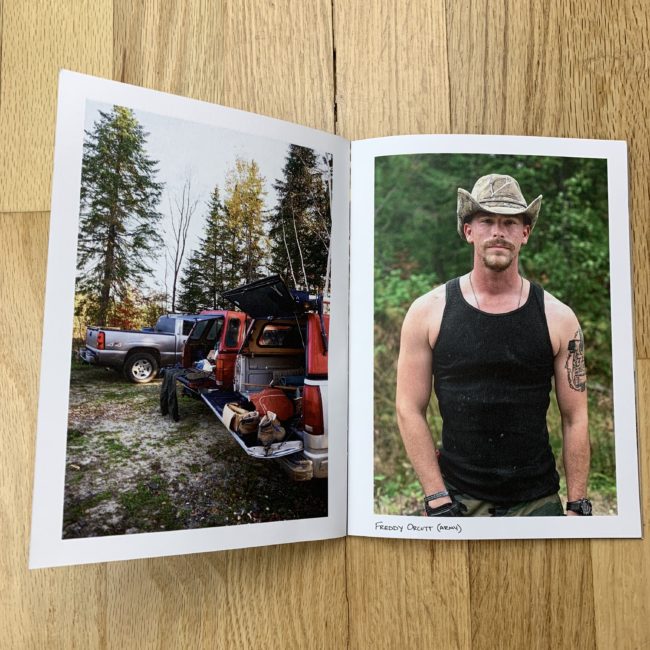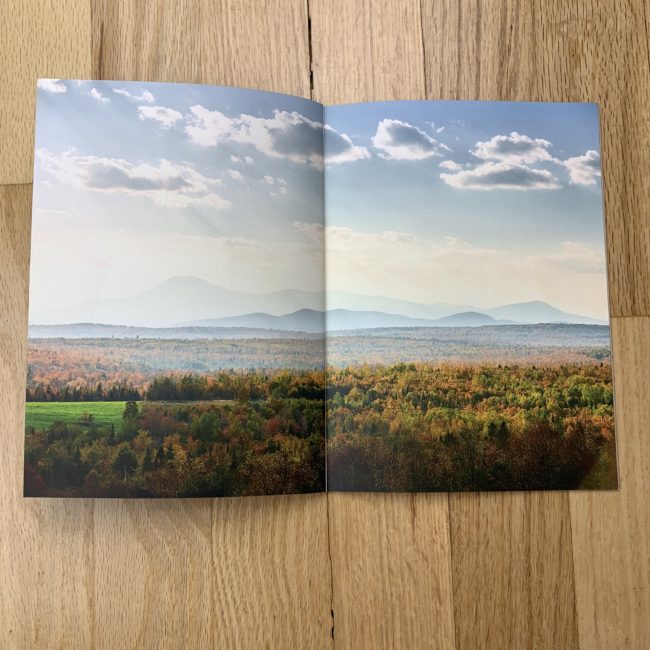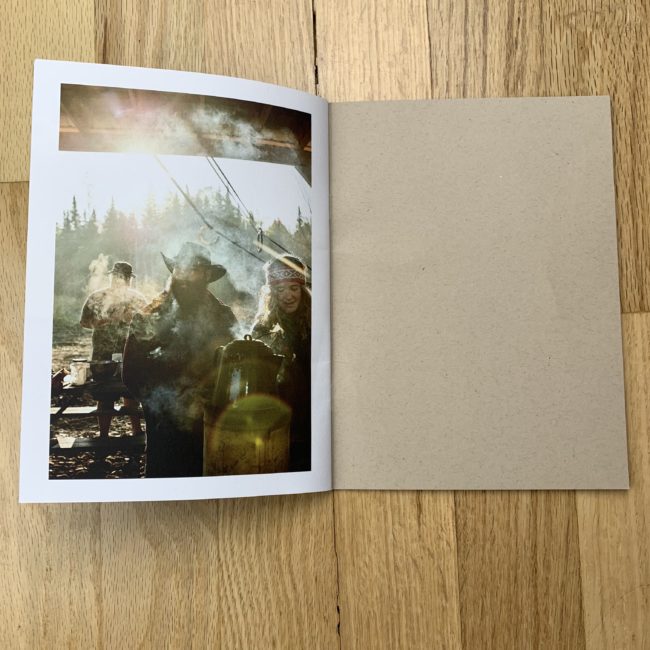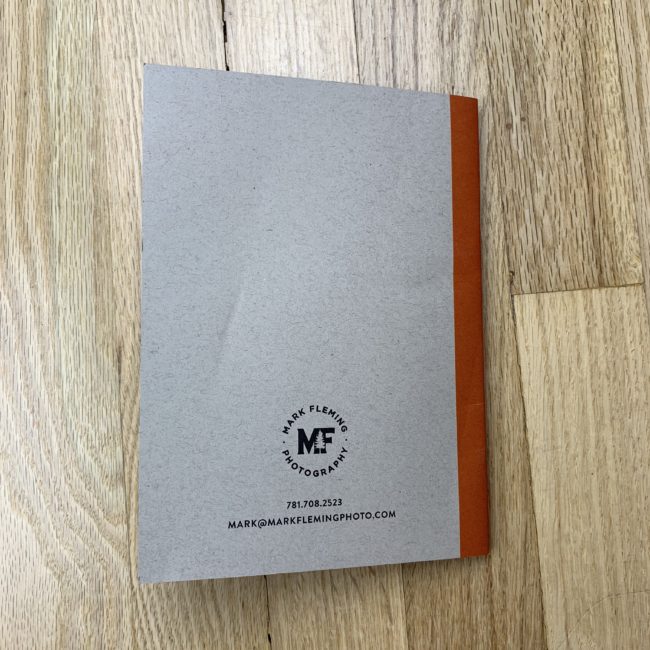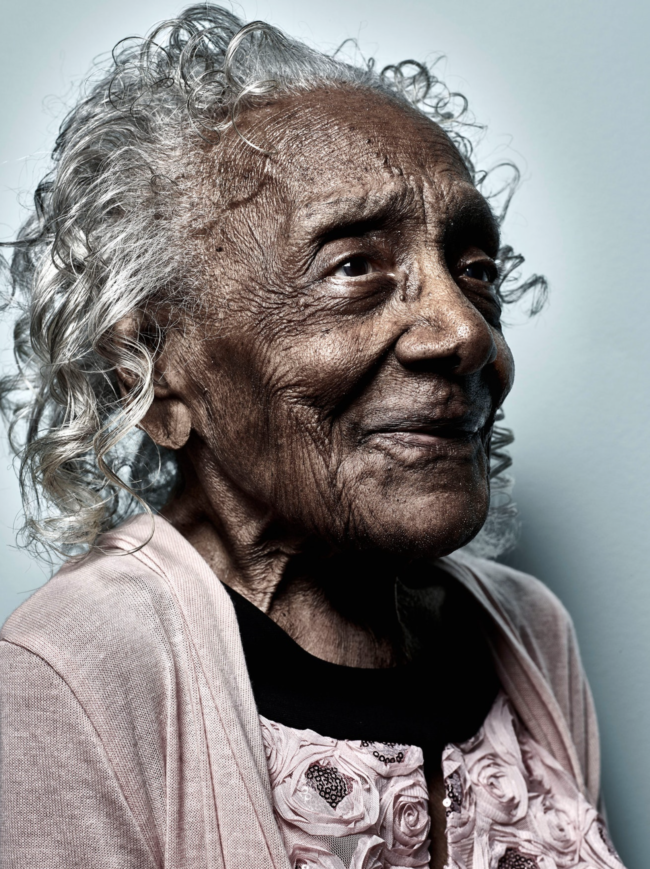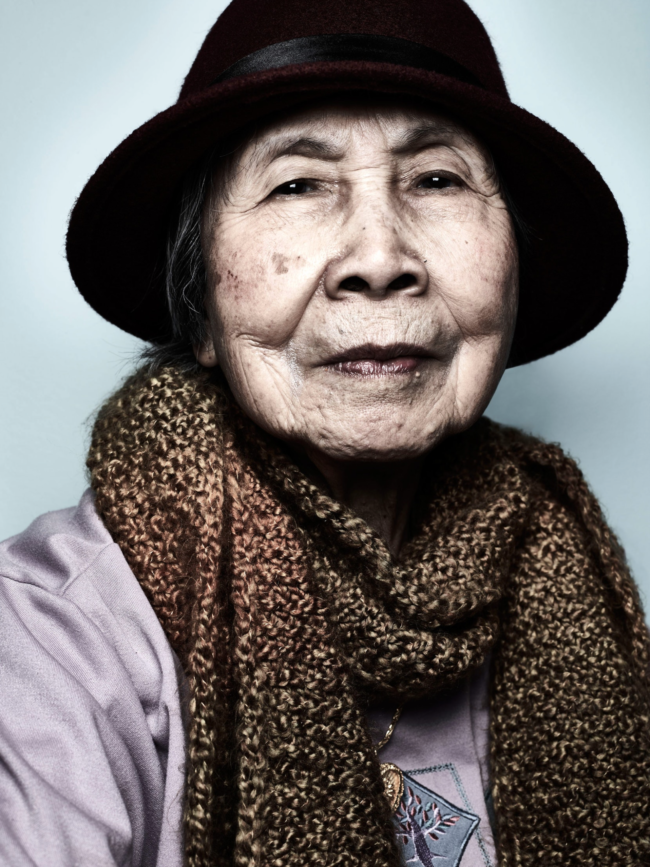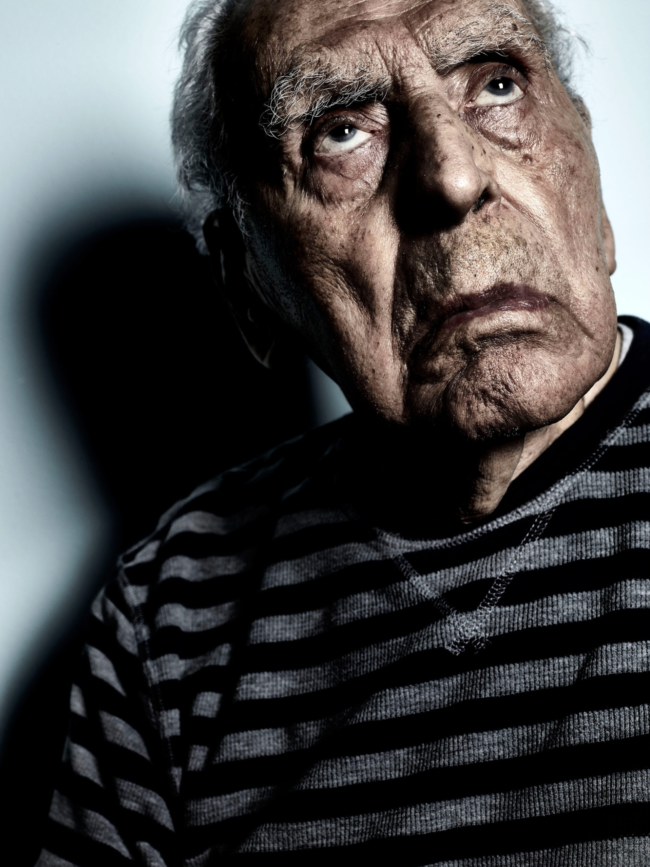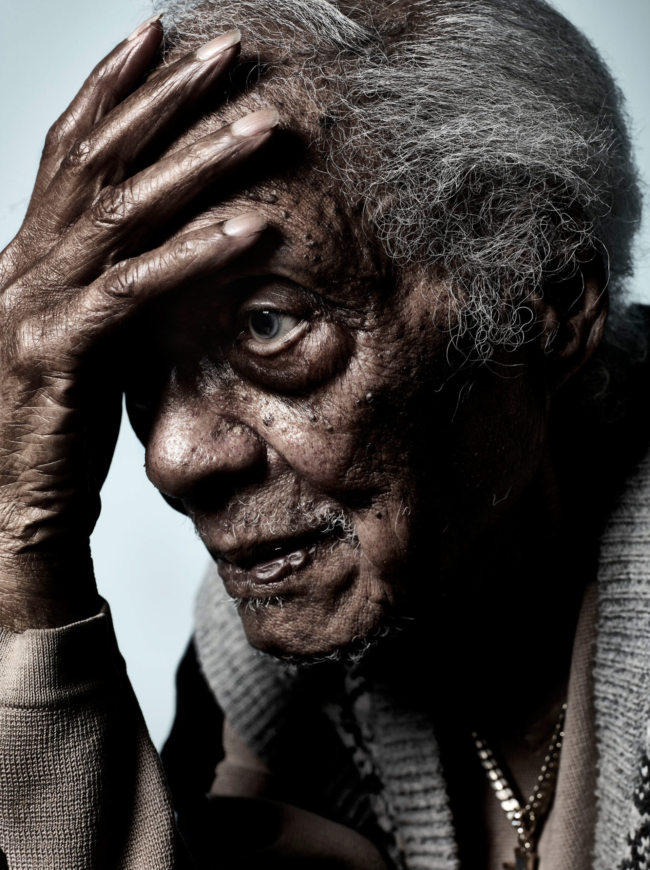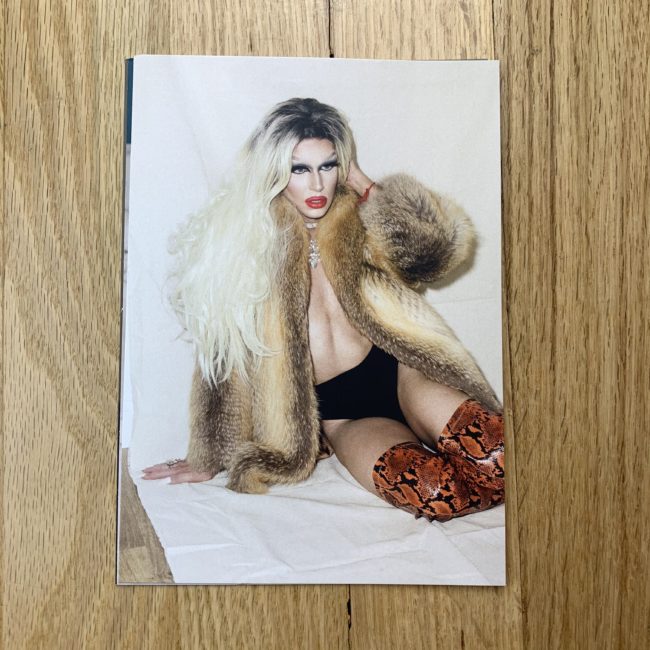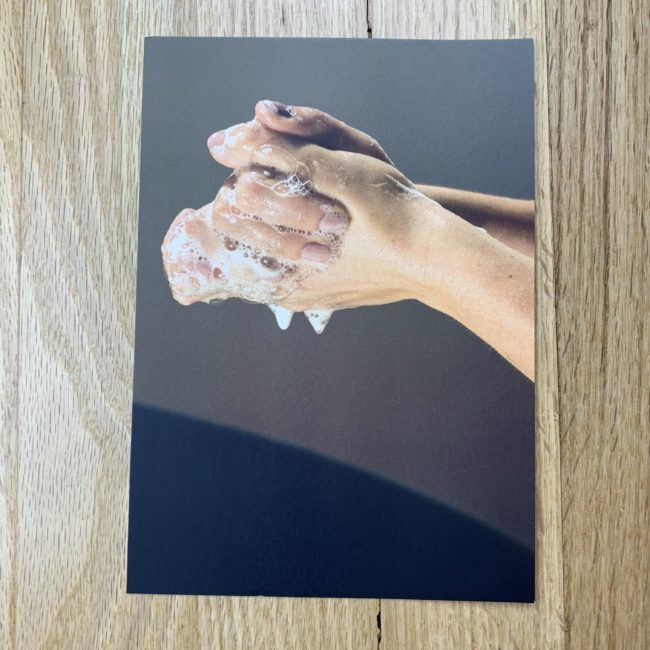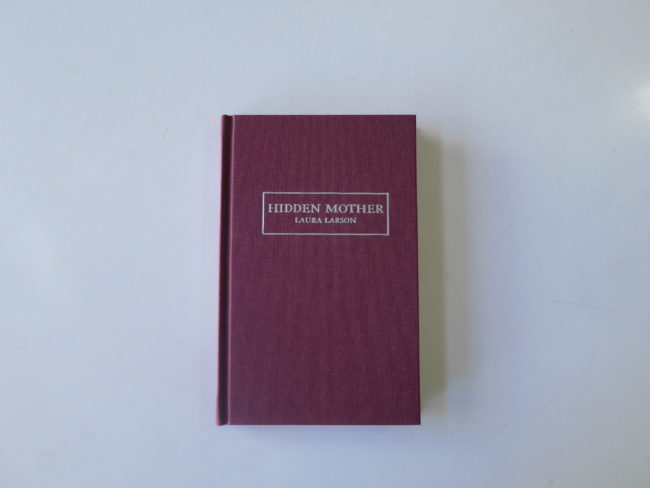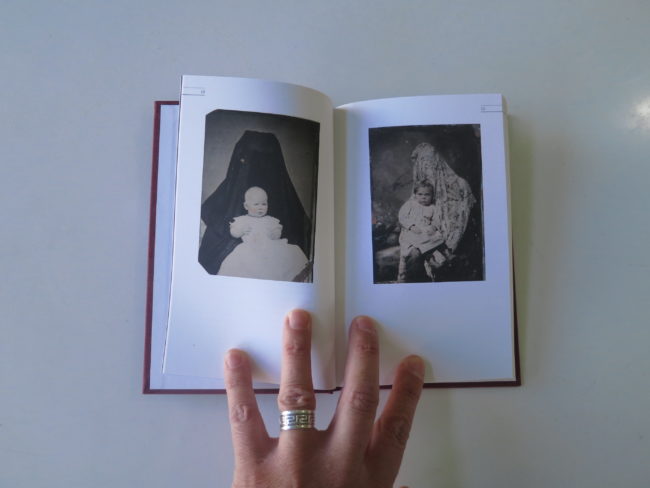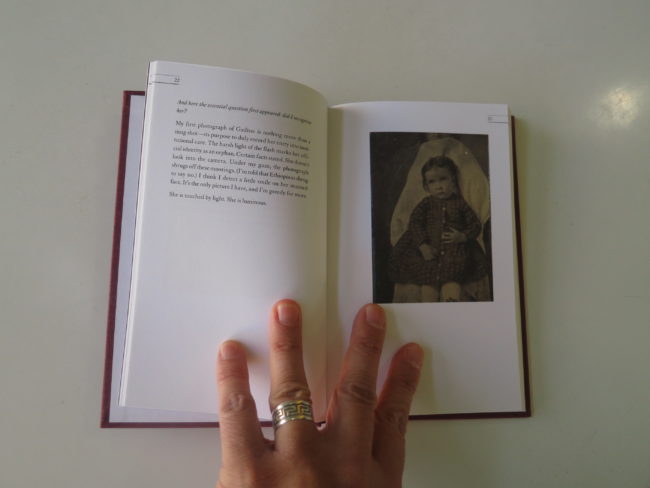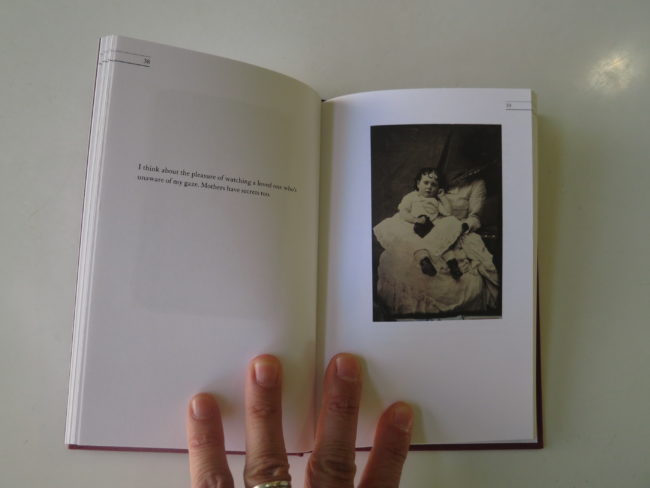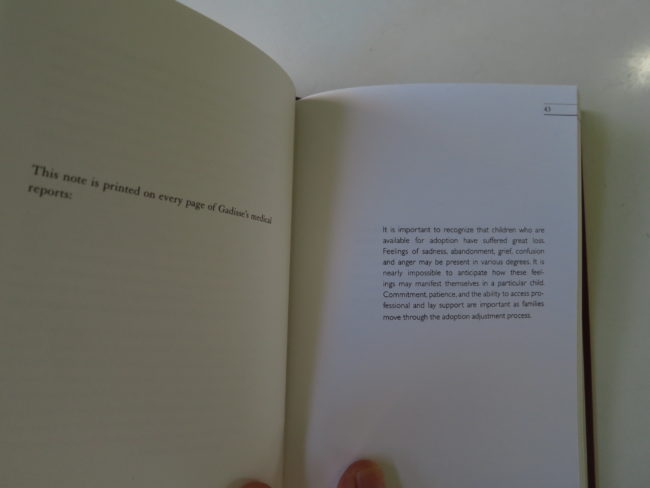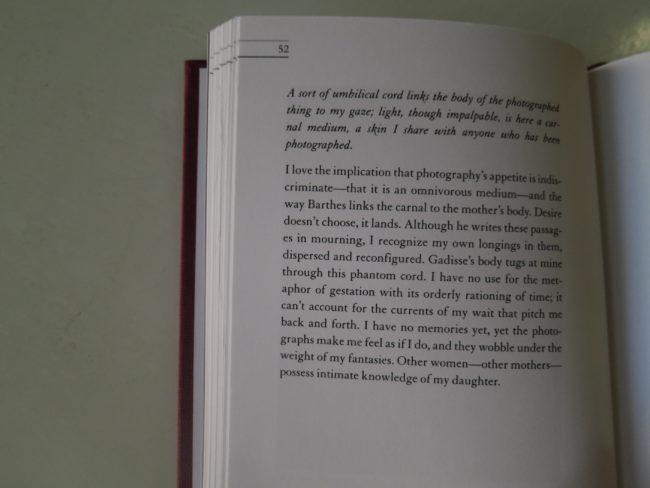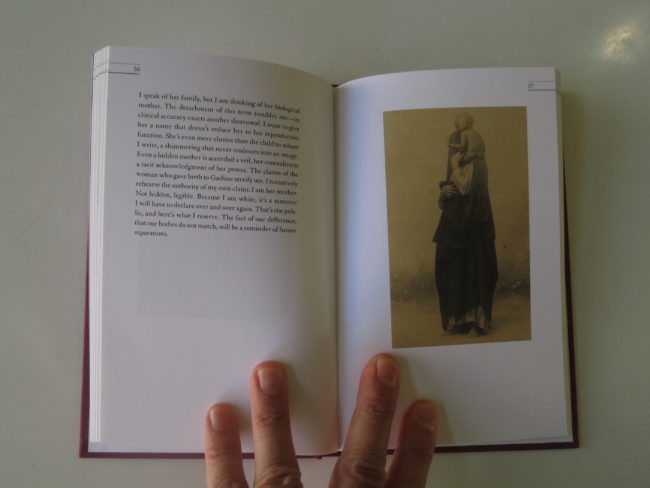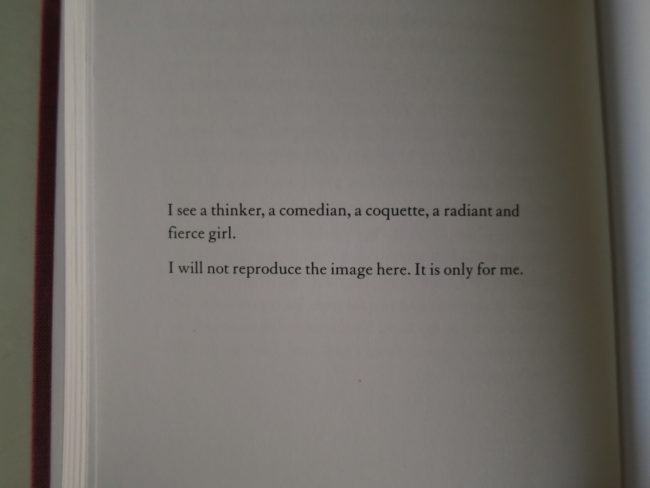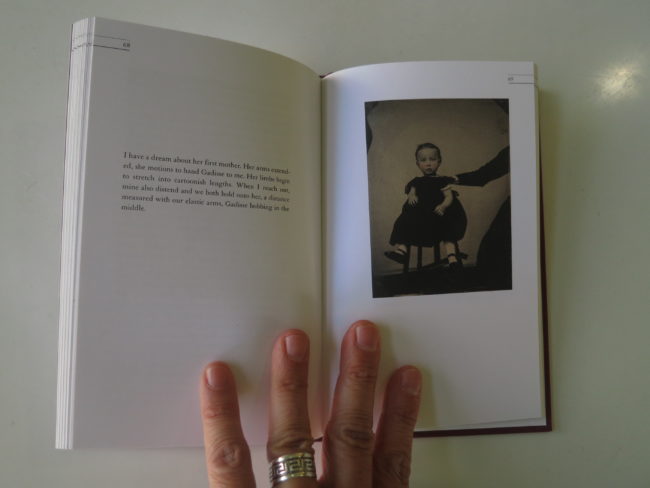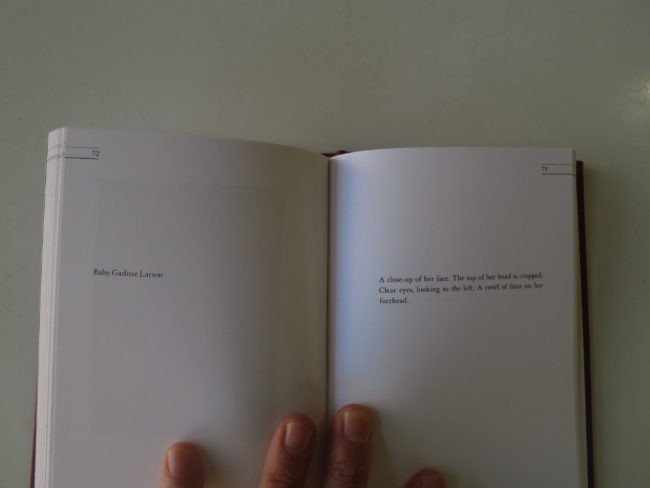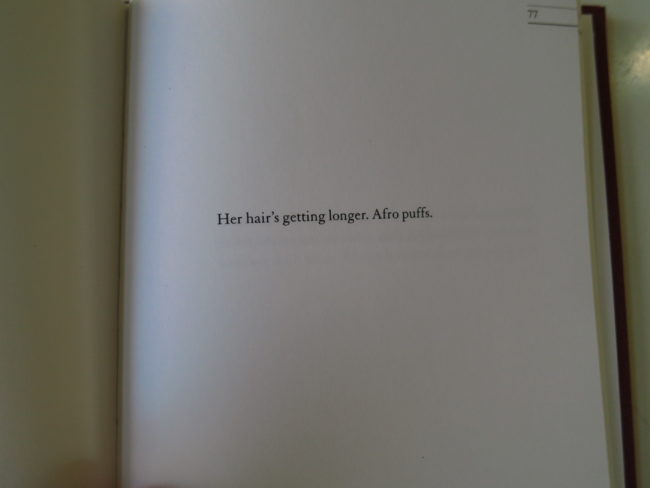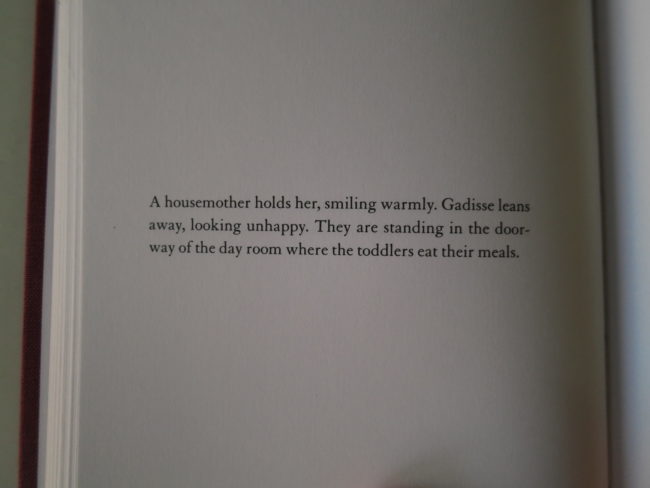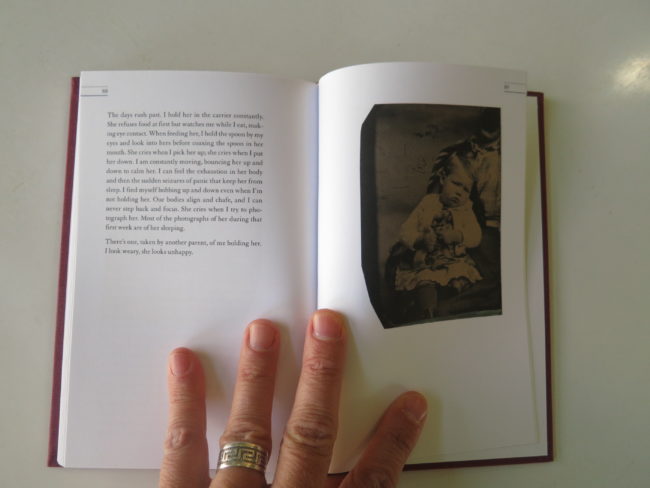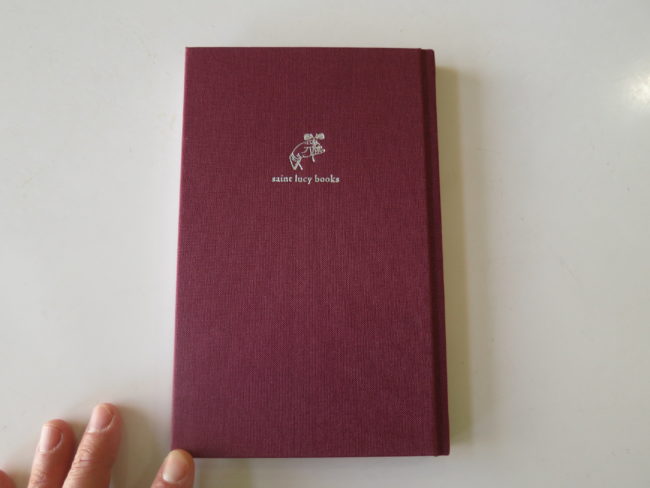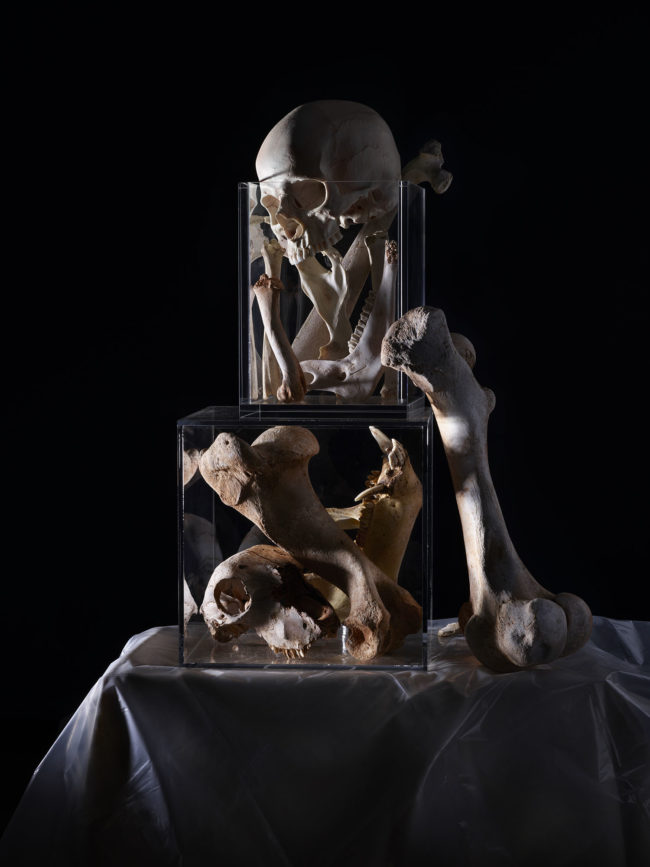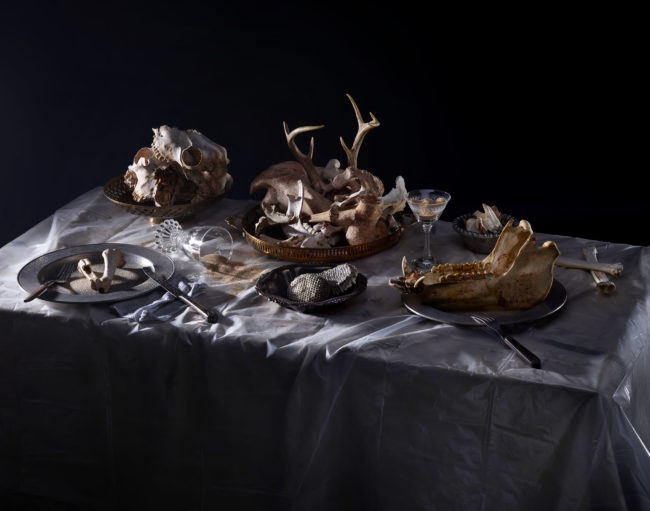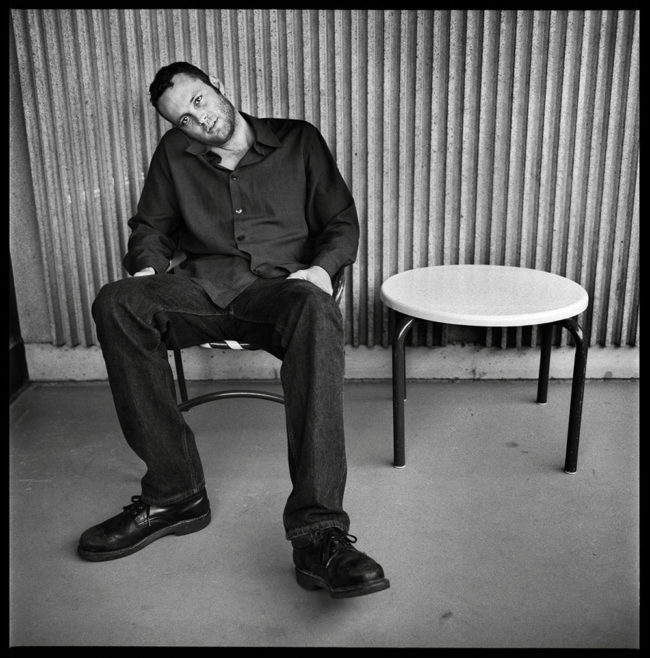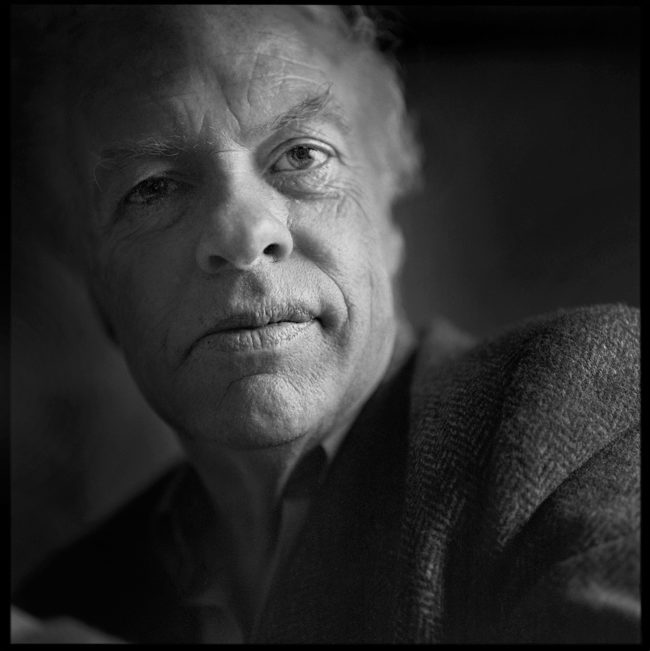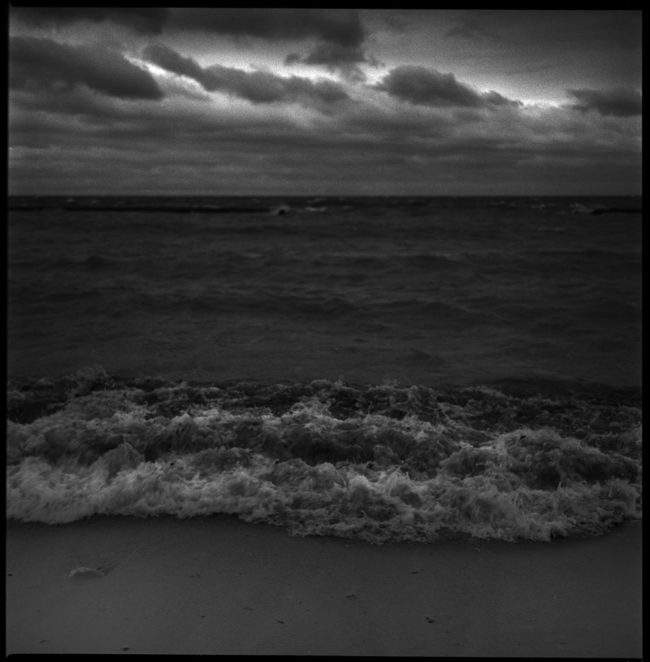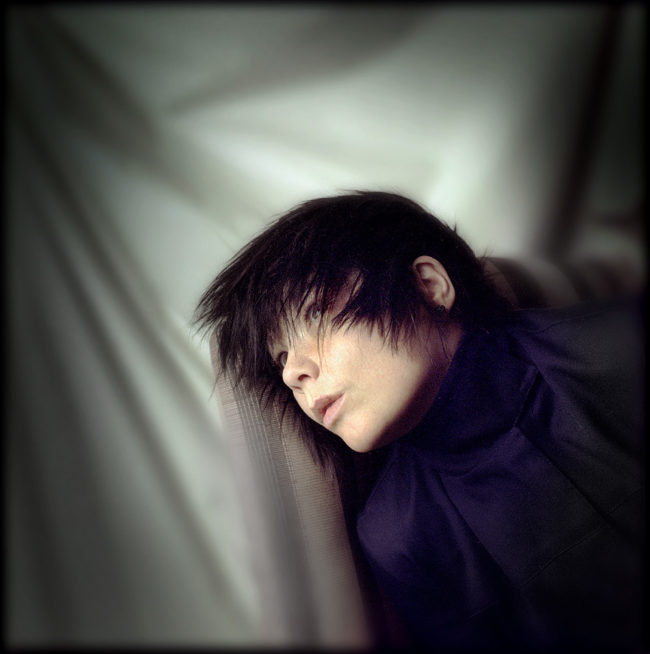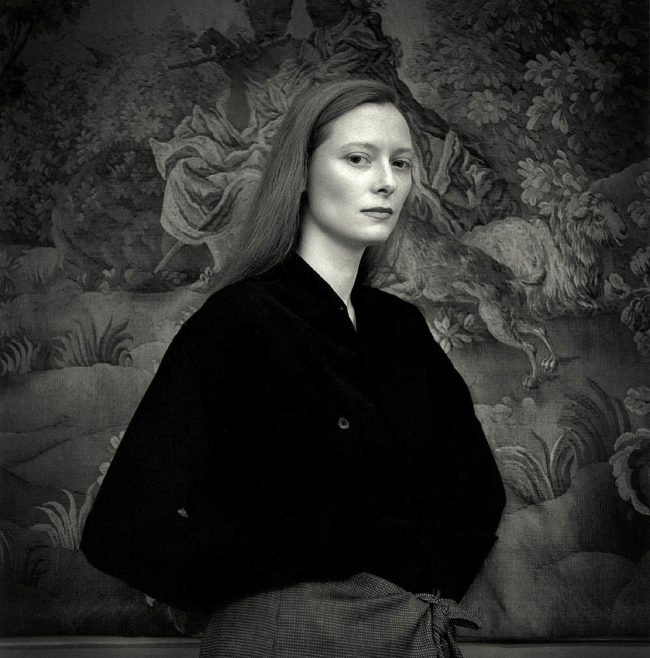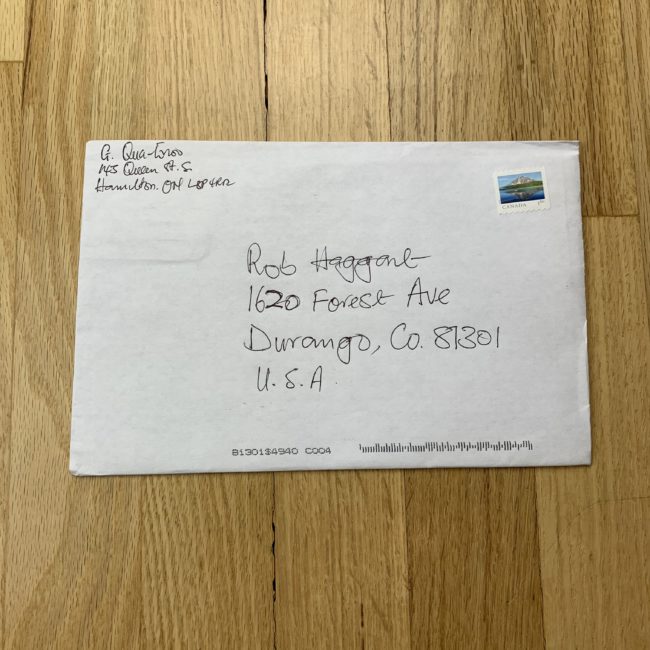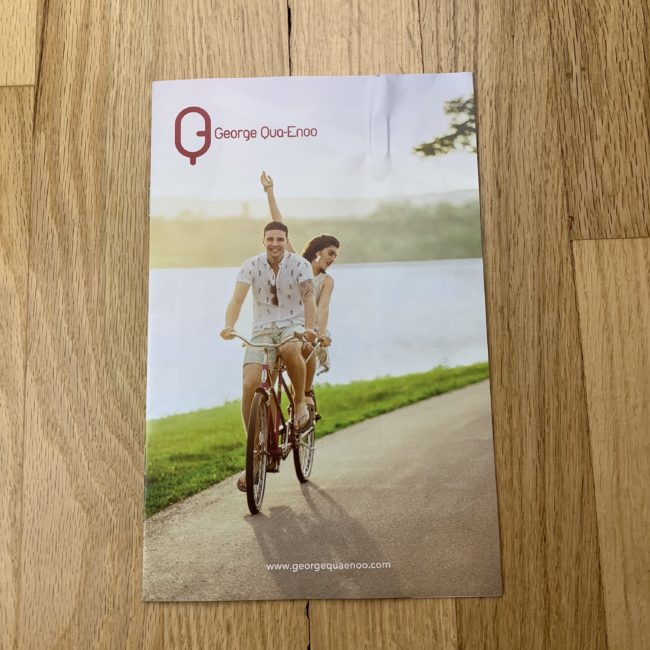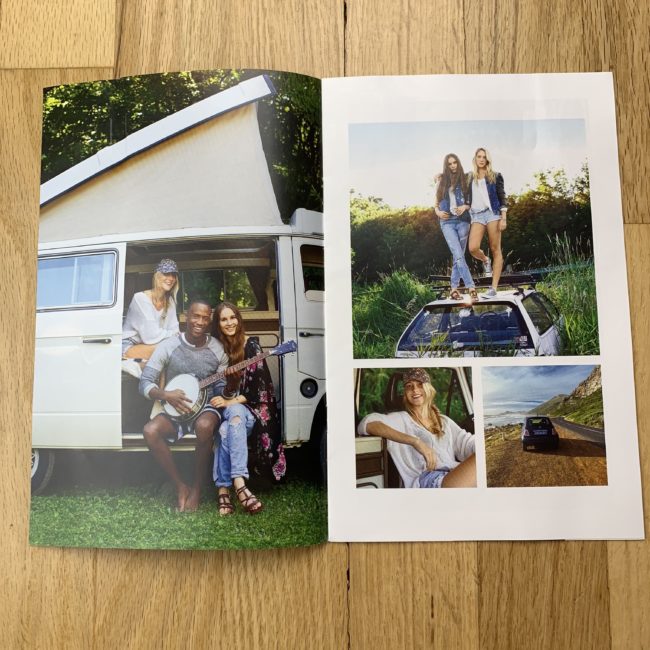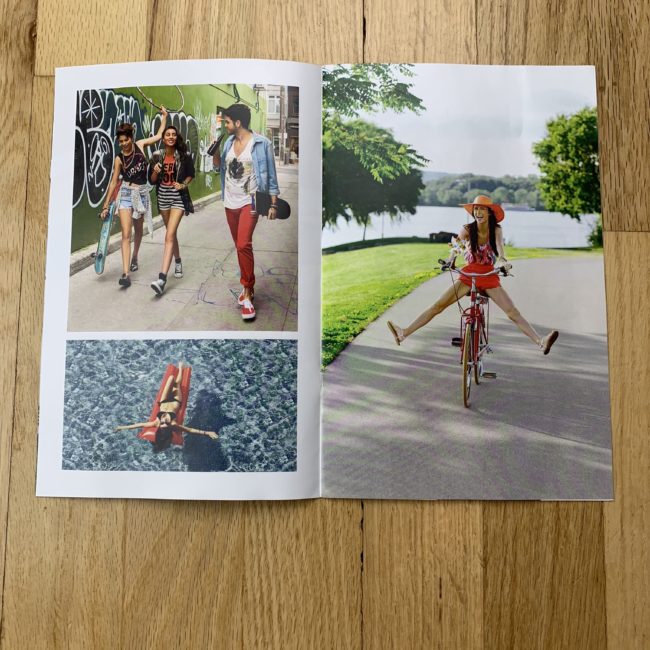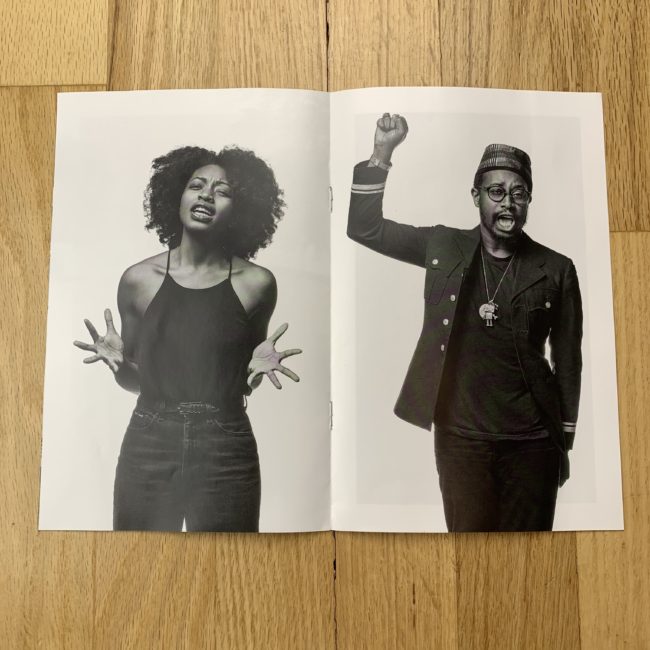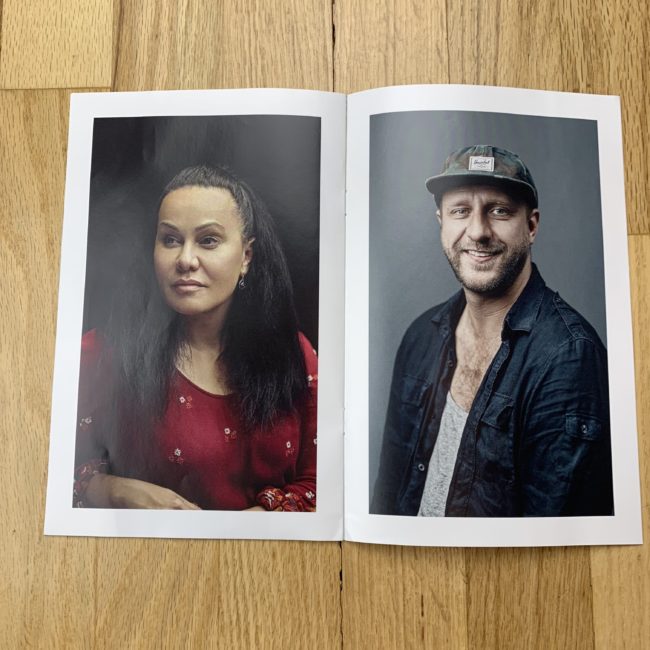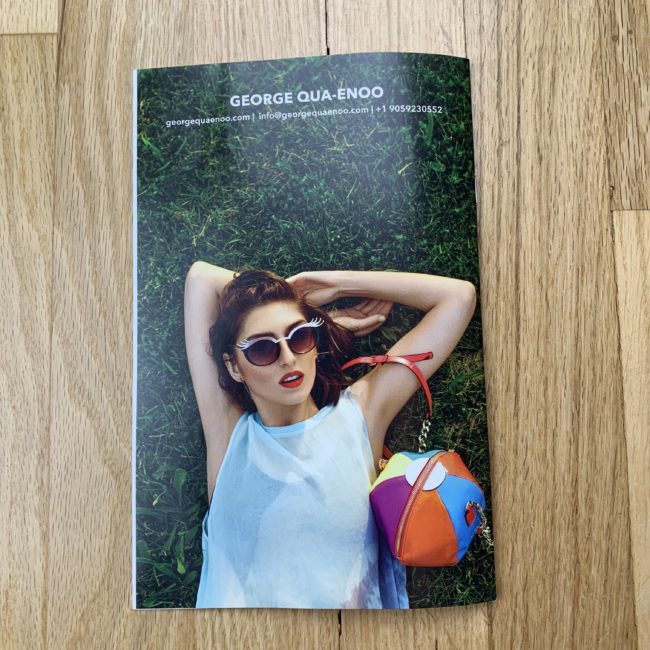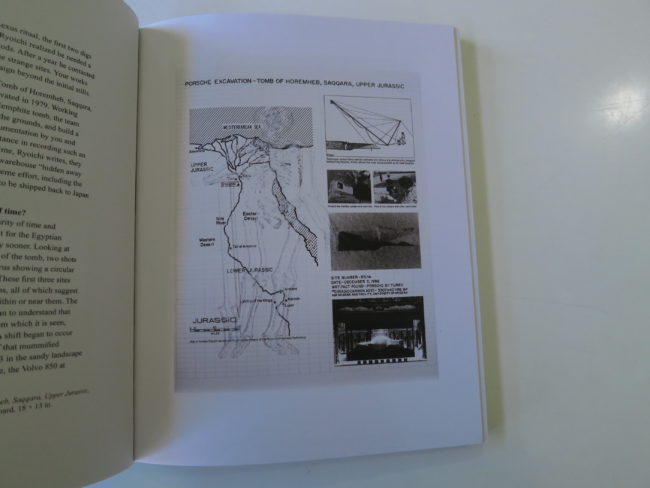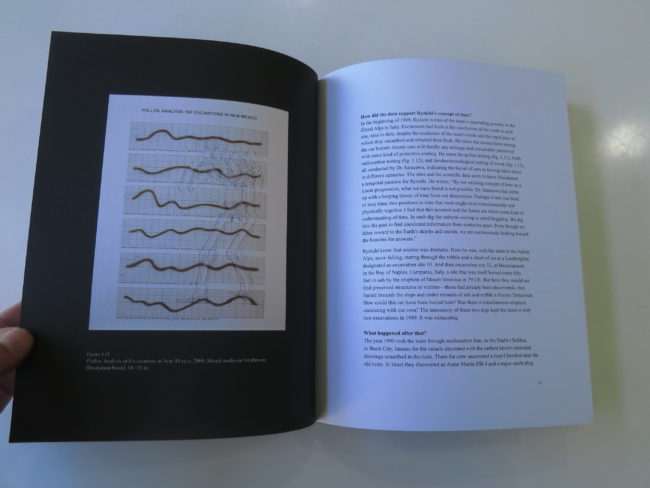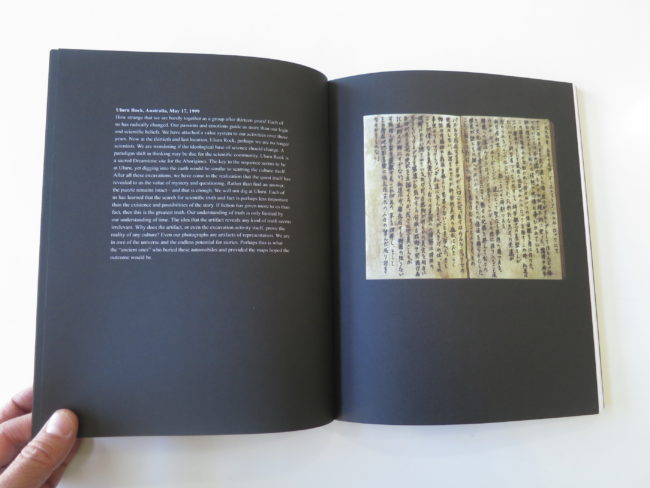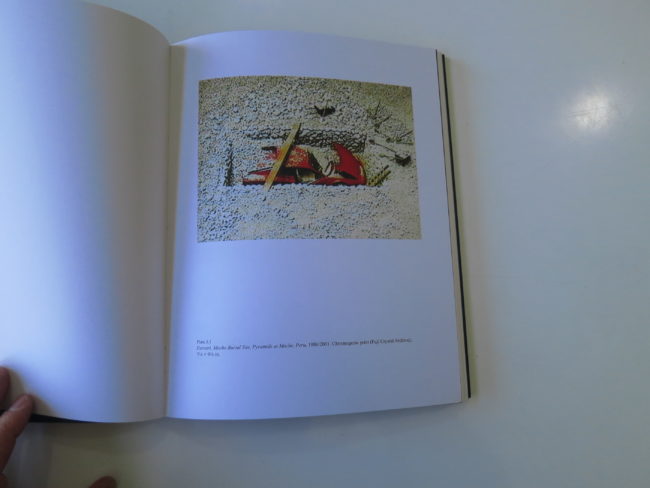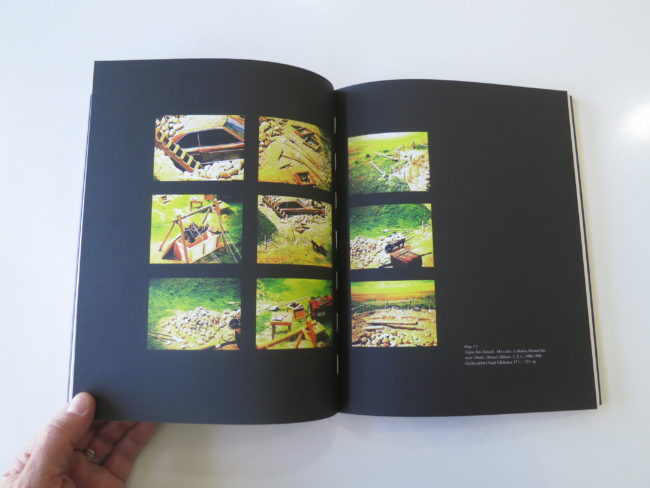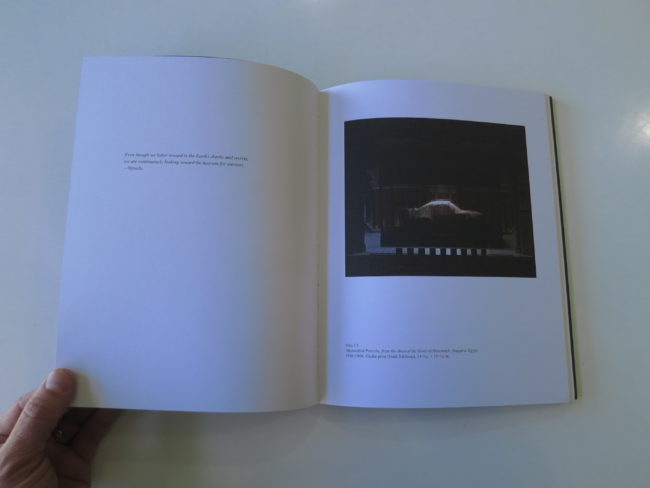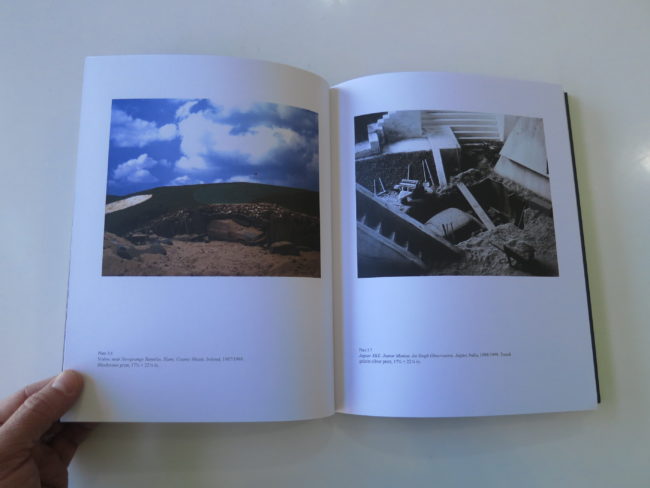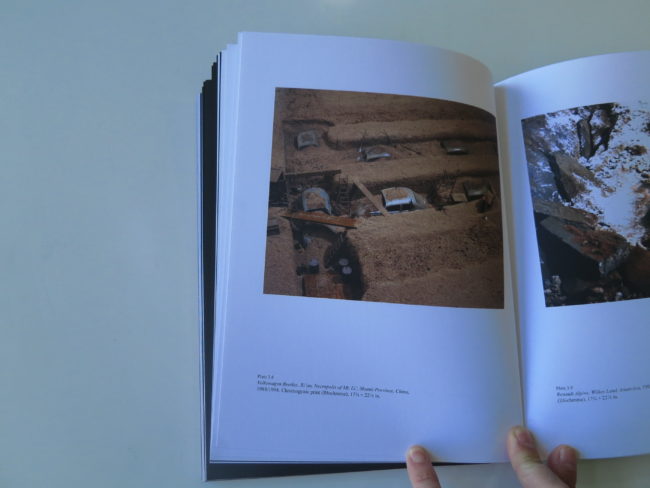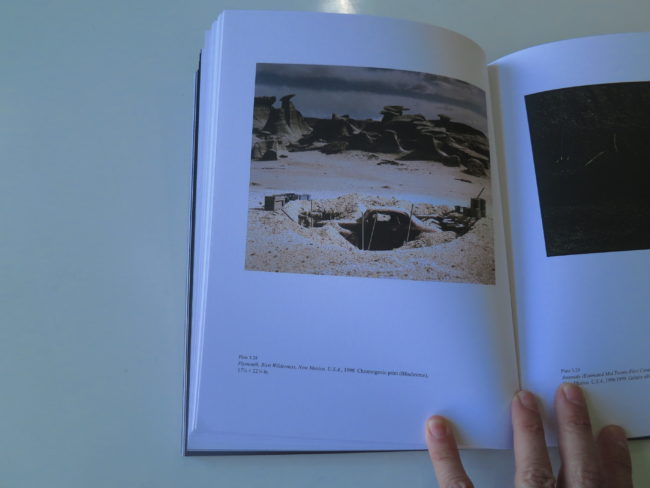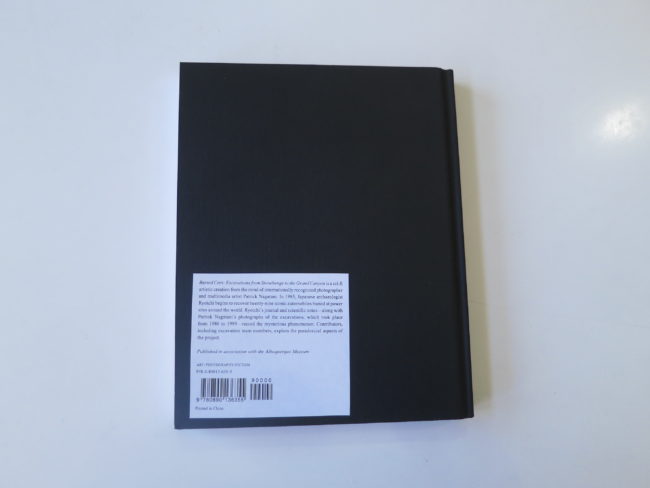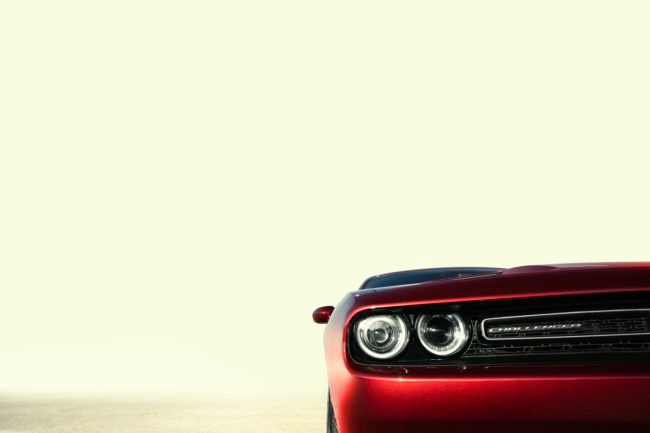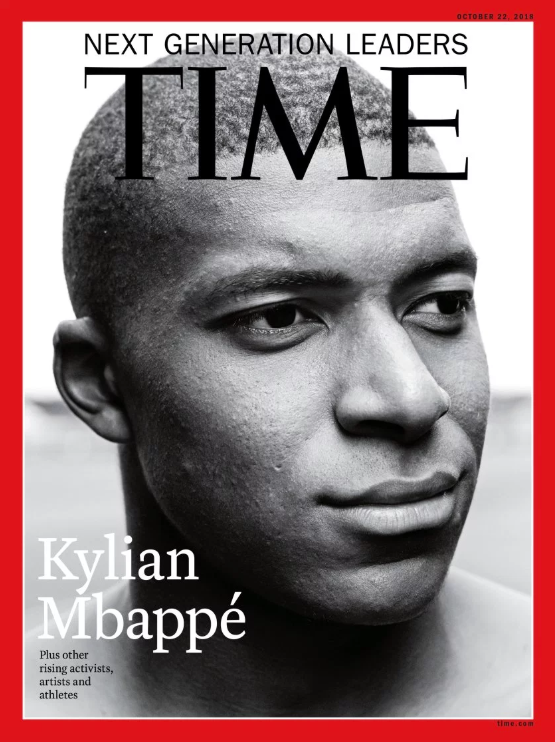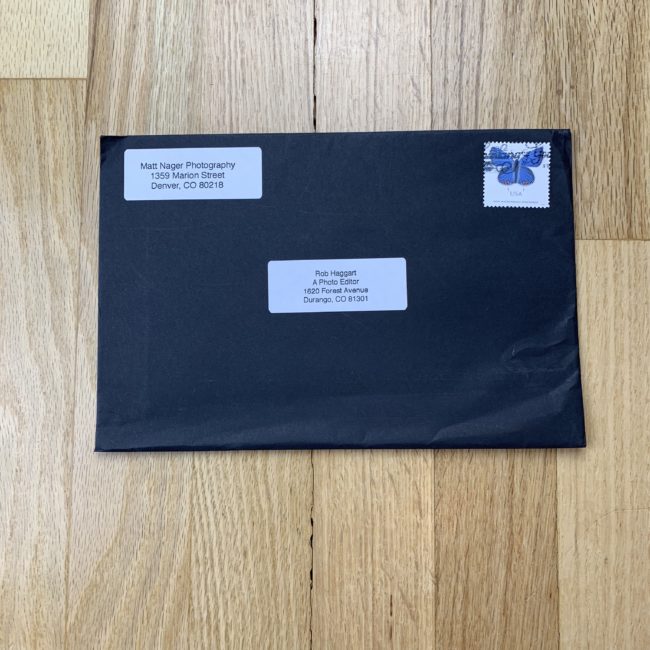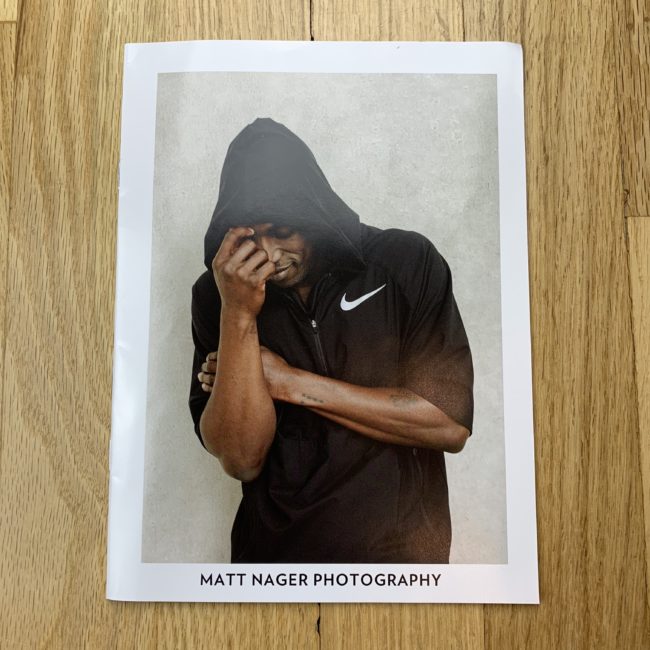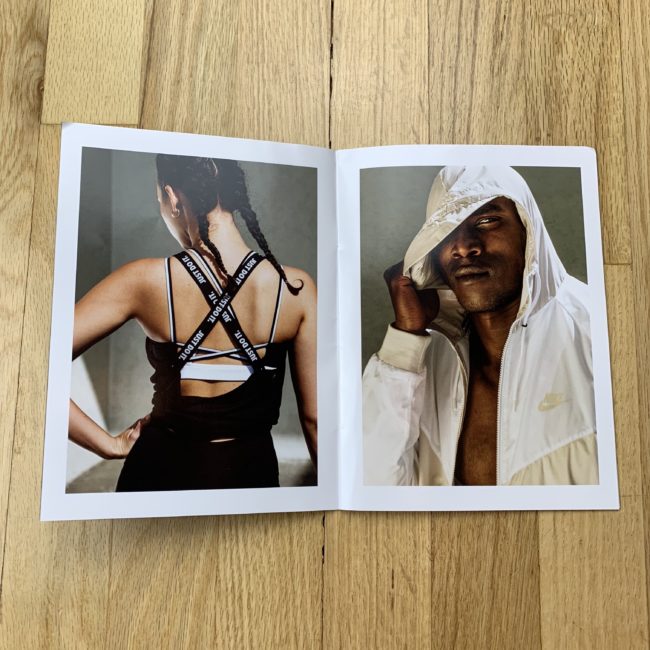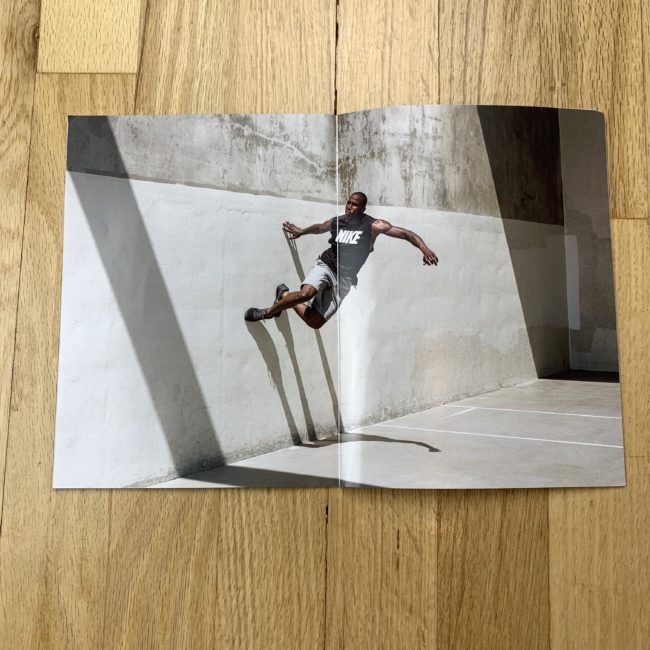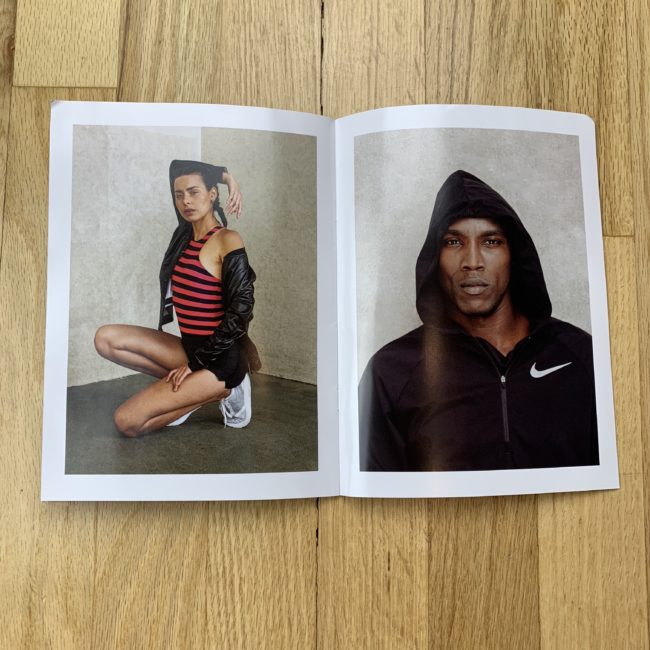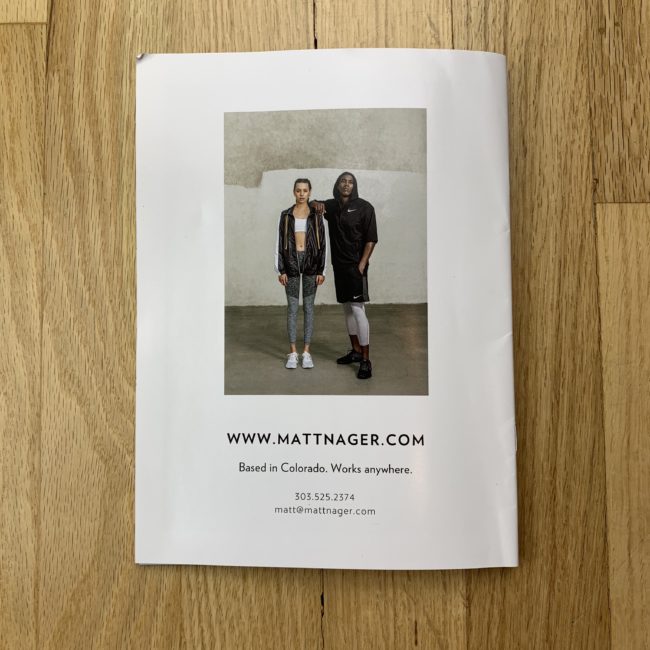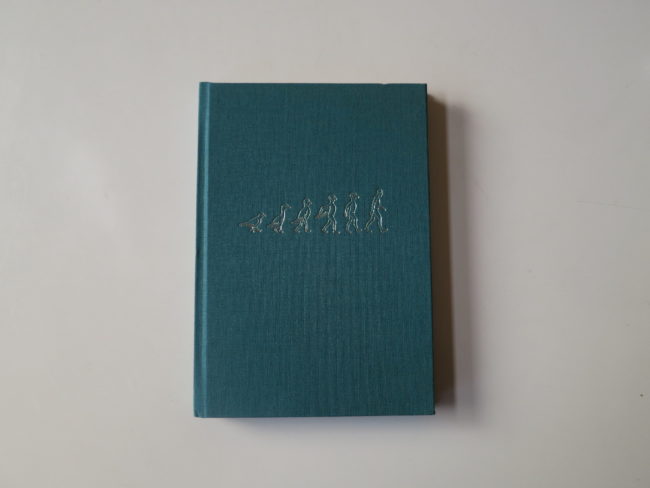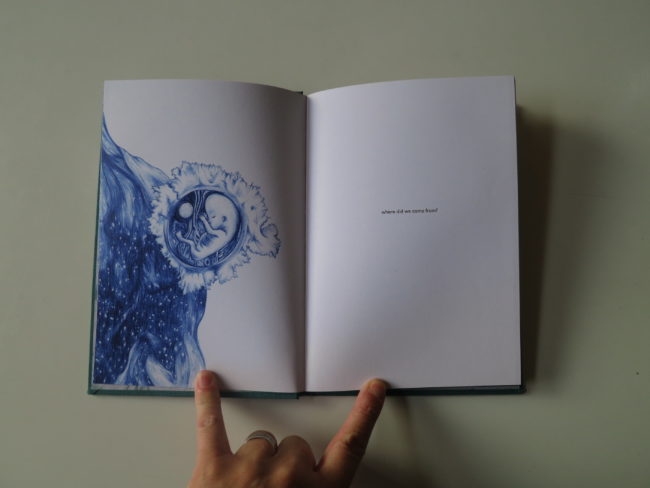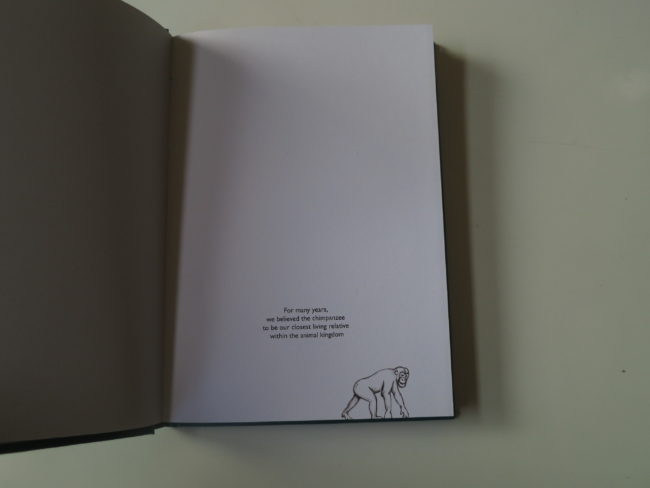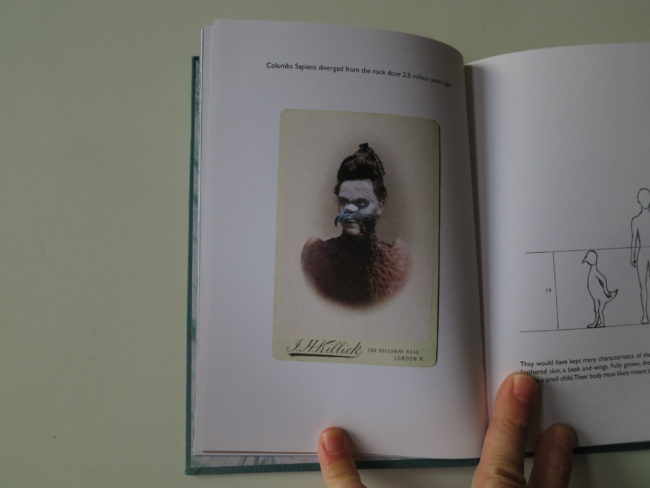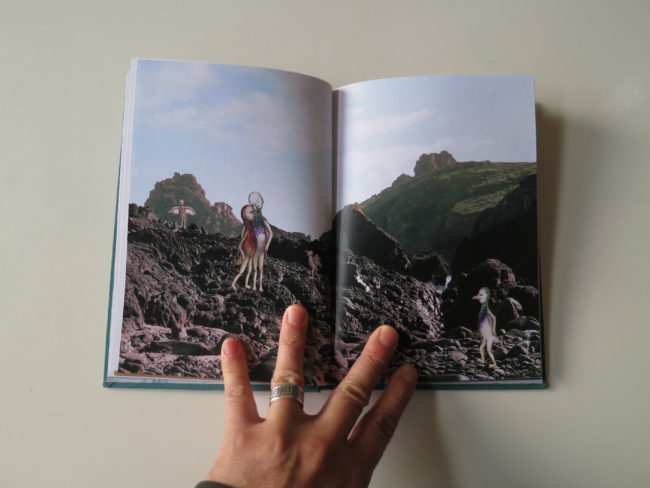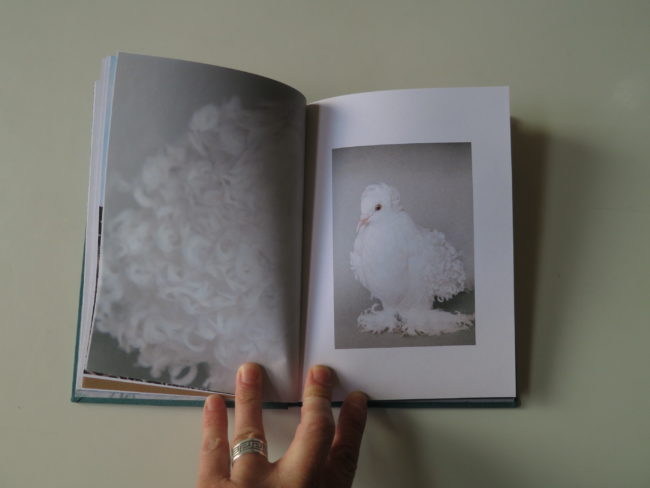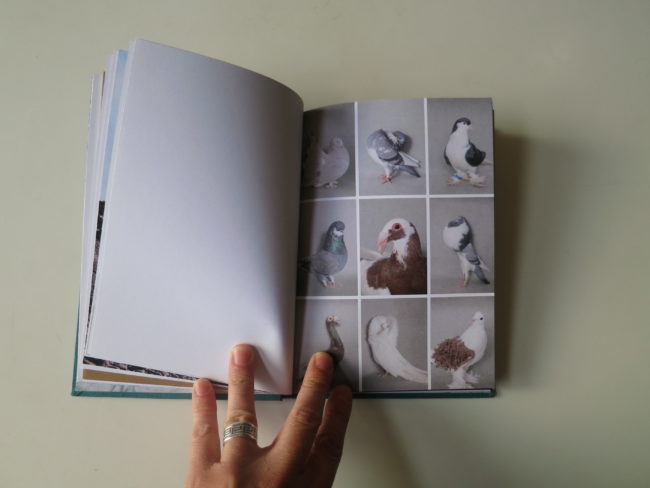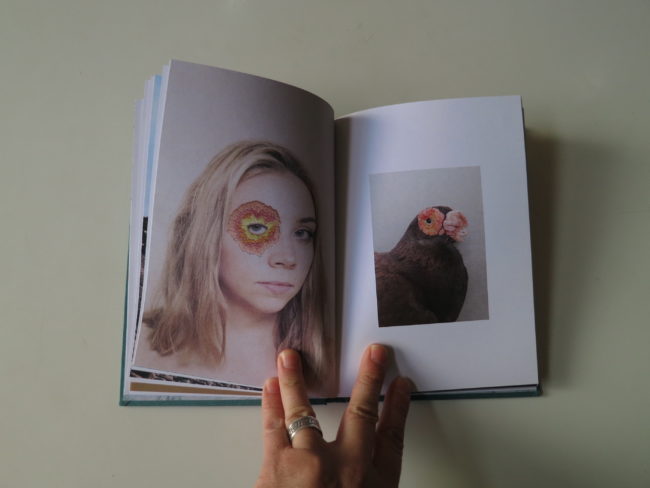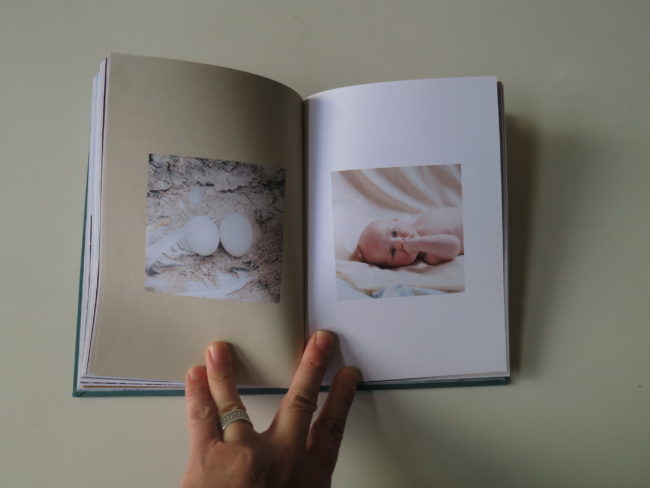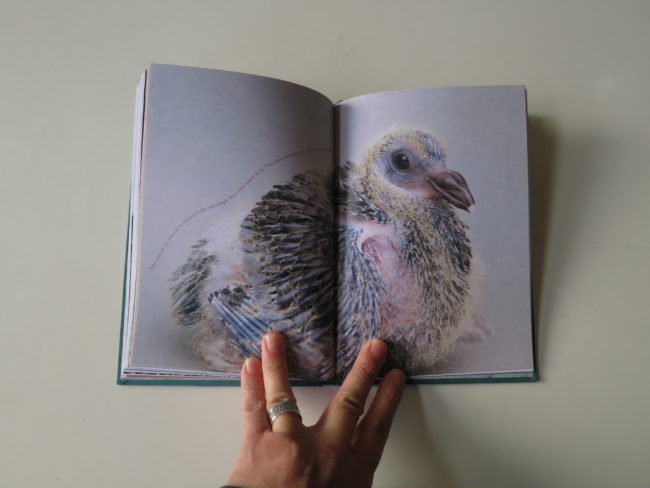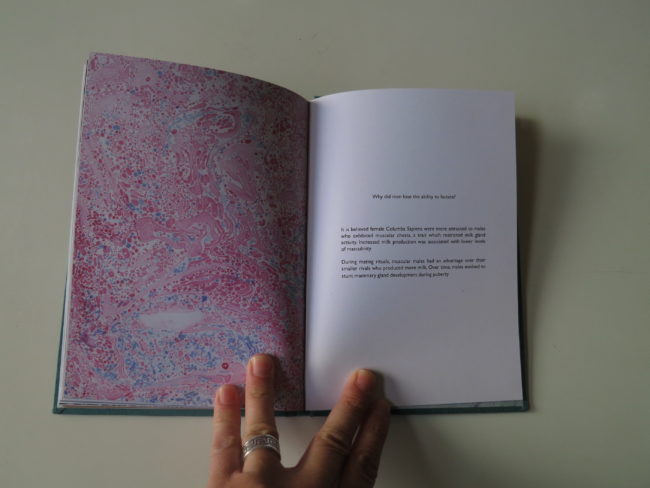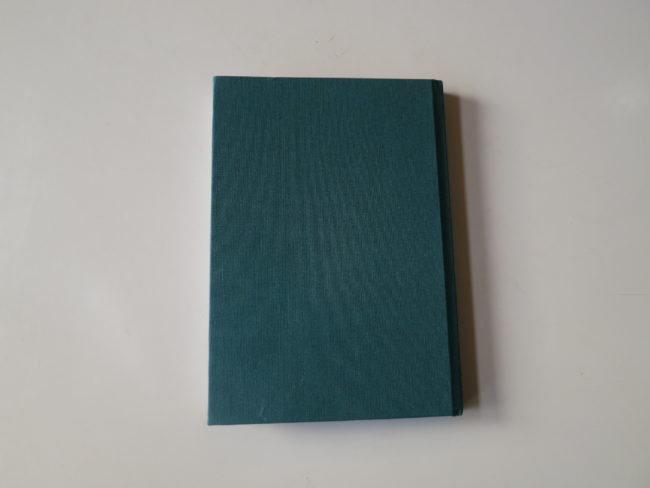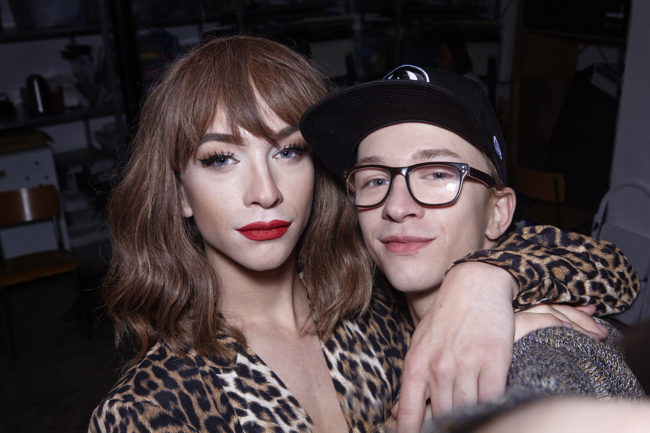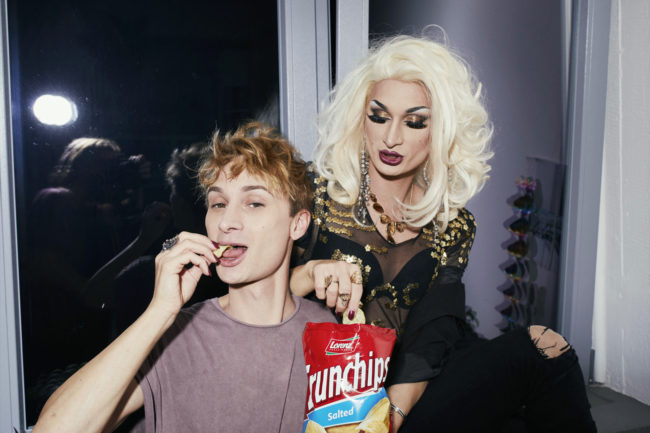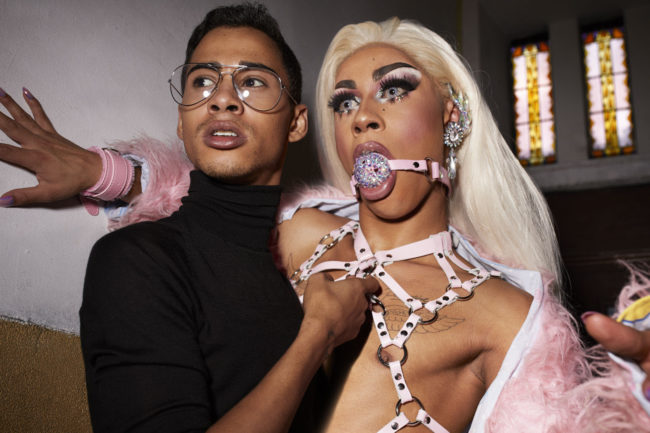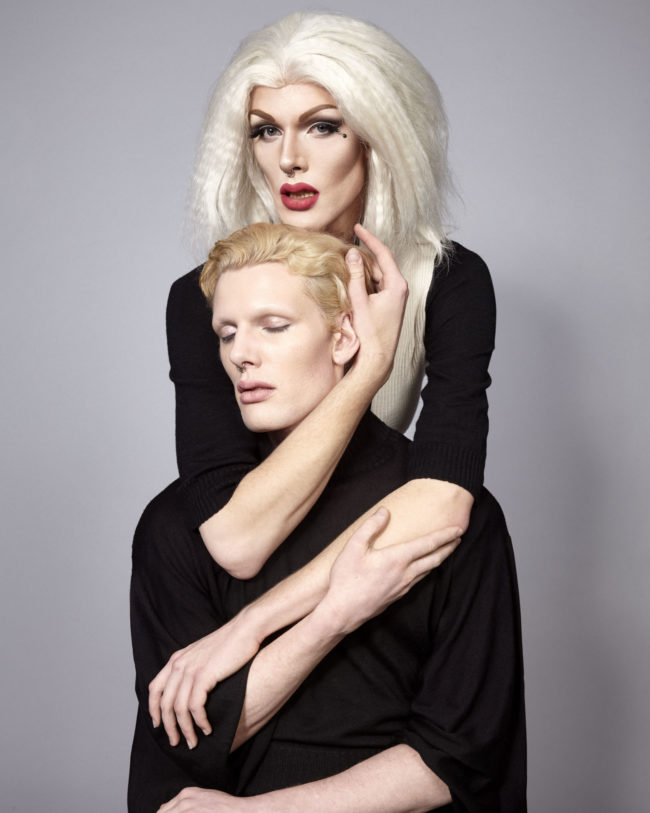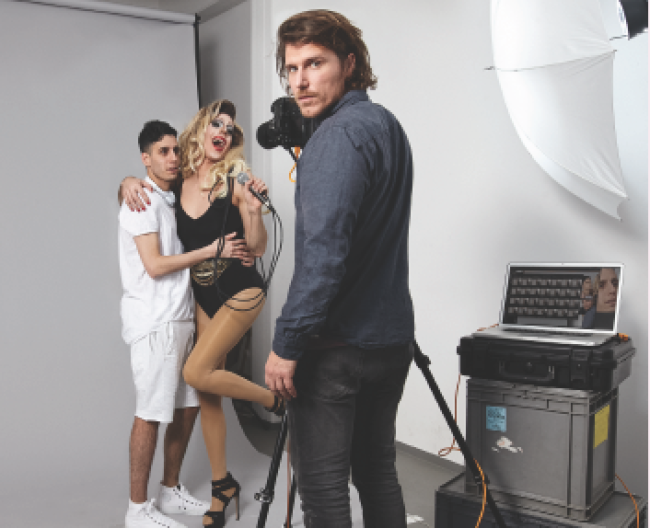Holy shit, has it been a crazy week.
Sometimes, I feel like I can’t catch my breath, because no matter how hard I work, and how much positive energy I try to push out into the world, everything is just too big.
Too wild.
Too raw.
I’m helpless.
Most days, almost every day, honestly, I know who I am, where I’m going, what I’m doing, and what my goals are.
Be a good husband and father.
Make good art.
Write smart, entertaining and beneficial things for you, my large (and largely faceless) global audience.
But every now and again, I wake up on the wrong side of the bed, and I just can’t understand how the world is so fucked, with people constantly talking about the impending extinction of humanity, the onslaught of fascism, or the likelihood of Donald Trump’s 3rd Term.
Since the Enlightenment, it has generally been accepted that human beings are predominantly rational creatures, and that we make decisions based upon our own self-interest.
Capitalism, the big idea that drives all global commerce, is essentially built upon the concept of rationality. It accepts that because people are greedy, governments are necessary to serve as a counter-balance to that greed.
Dirty rivers and dirty air are guaranteed, unless there is a bulwark to force corporations, (or in the past, rapacious individual owners,) to spend additional money to dispose of their waste properly.
Still, I think most of us believe we’re normal, as are our neighbors, and that almost all of us share a common goal: to provide for our families, give them the best life possible, live in a nice house, have time for leisure, and get to eat food that is better than the insect-jello they had to eat in that super-depressing movie “Snowpiercer.” (Damn that Chris Evans looks good in a beard!)
I always tell people that Taos, where I live, has a particularly high incidence of mental illness, and anti-social behavior. If you live here long enough, it’s super-obvious to see. (And it makes sense, when you know the history.)
Taos was the one place to rebel, when the US claimed and invaded New Mexico after the Mexican-American War, and the Taoseños killed all the White folks and fed them to the pigs. (No lie. You can look it up.)
And since “Easy Rider” dropped in 1969, misfits, outlaws and malcontents have flocked here like they’re giving away free reefer.
My personal experience with the Taos Crazies, (as we call them,) changed radically a few years ago. I took over as the Chair of the Fine Arts Department at the college where I taught, despite being repeatedly warned that the student body was unruly TO THE MAX.
Foolishly, I assumed that because I’m a nice guy, and relatively high functioning, I’d be able to straighten the place right out. My bosses assured me they had my back, and were serious about reforming the place, to make it work better for the next generation. (Ron Howard voice: They weren’t.)
If you’ve been reading for the last few years, (Hi Rob, Hi Jessie,) you’ll know how it all turned out.
There’s a reason people use the expression “driving me crazy.” It’s not that mental illness is contagious, like the flu or Ebola, but when a healthy person is continuously exposed to a sick environment, eventually it gets to you.
Without exaggeration, I remember the time I was accosted by a woman who shrieked at me for not inviting her into an art show, when I had verifiably done so in several ways. (Including an email that I retained, making her assertions “fake news.”)
Or the time a guy who was actually friends with Jessie’s family got so angry, when I was forced to deliver bad news from my superiors, that the spittle flecks flew at my face like snow flakes in a beautiful blizzard.
Or the time an older woman, who admittedly did look a bit like a witch, came up to me, got right in my face, and screamed “BOO!” before cackling and walking away, gobsmacked at the fear that was plainly registered on my face.
(I could go on, but I won’t.)
I will admit, though, that I became progressively testier, and grumpier, to the point that I was being short-tempered with my kids, and knew I had to quit.
I began this ramble by talking about our collective crazy week, and boy was it. One lunatic tries to blow up the entire power structure of the Democratic Party, while living in a van, another shoots a bunch of elderly Jews while they pray, and all the while, the Saudi government changes its story about the Jamal Khashoggi murder more times than Eli Manning got sacked by the Washington Redskins on Sunday. (7 sacks, if you’re counting.)
The plain truth, as near as I can gather, is that the world is genuinely bat-shit, and the best we can do is try to keep it all straight.
Human beings are not entirely rational, as Jung and Freud figured out, and expecting us to behave “normally” is a fool’s errand.
Or as my therapist likes to say, “Crazy always wins.” You can’t convince crazy with logic, or reason. Better to recognize it, and then figure out a workaround.
If you’ve followed along so far, and didn’t decide that Blaustein must have eaten a bag of mushrooms before writing today, I applaud you. (And I’m stone cold sober, other than some really strong coffee and a healthy dose of late-October sunshine.)
Instead, I’ll blame these musings on “Mind The Gap,” an excellent, mind-bending, and genuinely insane new book by Joshua Lutz, published by Schilt Publishing in Amsterdam. (While we’re being honest, I did once go half-mad after eating an Amsterdam space cake, before boarding an inter-continental flight, and recall trying to talk myself down, looking in the mirror of the airplane bathroom while flying over the Arctic Circle.)
Rob wrote to me, after last week’s review of “Hidden Mother,” that he’d never seen a book quite like that one. I heartily agreed, and passed the compliment along to the publisher.
As always, I never plan the connections between books, but this week, I can clearly declare that I’ve never seen a book like this one either.
And that’s probably a good thing.
Given what I’ve learned about mental illness, this book channels it better than any I’ve previously read or perused. It is a genuinely crazy photo book, which explores actual insanity, for our sadly twisted times.
(Before you say it, I know there were assassinations galore in the 60’s, and that Michael Douglas was a sex symbol in the 80’s, but really, 2018 feels like it hits new heights on the WTF scale.)
This book doesn’t make sense, and clearly isn’t supposed to. There are interludes that refer to history, blending 17th Century Indian attacks and Walt Disney with Robert Moses stories, and others that relate the 1-10 scale for people contemplating suicide.
A couple considers buying a house where a family was killed, (outside on the swings, not in any of the bedrooms,) and a parable is included about a Prince who’s the heir to the Mad King.
The photographs, (this is a photo book after all,) seem straight, and mostly black and white, but they could easily include digital composting, and you wouldn’t know it.
At first, I felt like the references were mostly about New York, but then I picked up New Orleans and Florida. (There’s definitely a picture that speaks to the mass shooting at the Pulse night club in Orlando.)
Oh yeah, did I forget to mention the book opens up with an admission that the writer might be suffering from schizophrenia, which he may have inherited from his mother?
We’d normally assume it’s real, but for some reason, right away, I gathered it wasn’t.
The pictures are strange, and compelling, but by themselves don’t answer any questions. We’re trained to figure things out, or at least to try, and I have to say that’s impossible here.
Which, thankfully, is the point.
This book drives you crazy, and what better way to explore the experience of insanity?
Finally, in the image-title page at the end, we get a tad of closure. The photographic locations are more comprehensive than they seem, and include pictures made at Sandy Hook, Columbine, Pulse, and other places that contain the resonance of terroristic violence.
On some level, all the mass shooters are crazy. They have to be, because their actions are in no way rational.
Even if you think George Soros is funding the migrant caravan, how does killing an elderly 80-something Jewish couple stop the brown people from getting to the border?
It doesn’t, and every time you try to understand where that kind of hatred comes from, your head hurts just a little bit more.
Bottom Line: An excellent, appropriate look at our crazy culture
To purchase “Mind the Gap,” click here
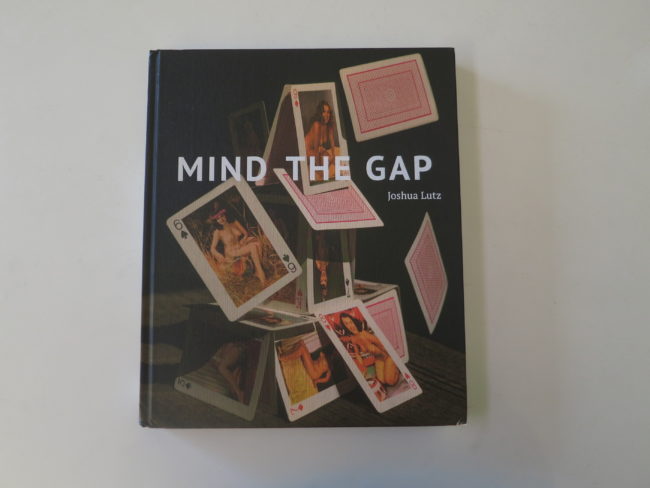
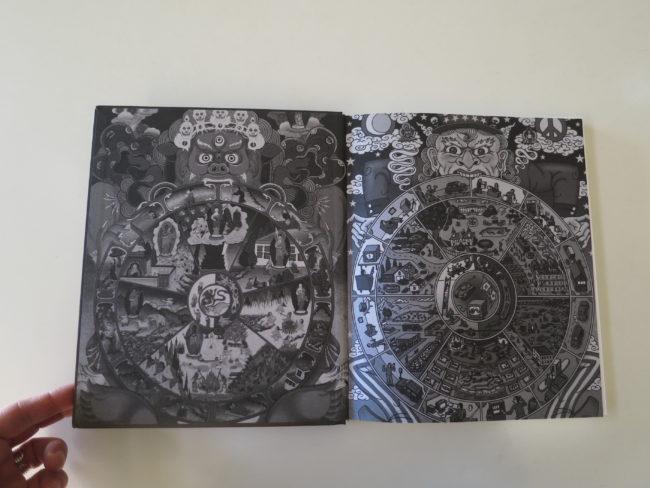
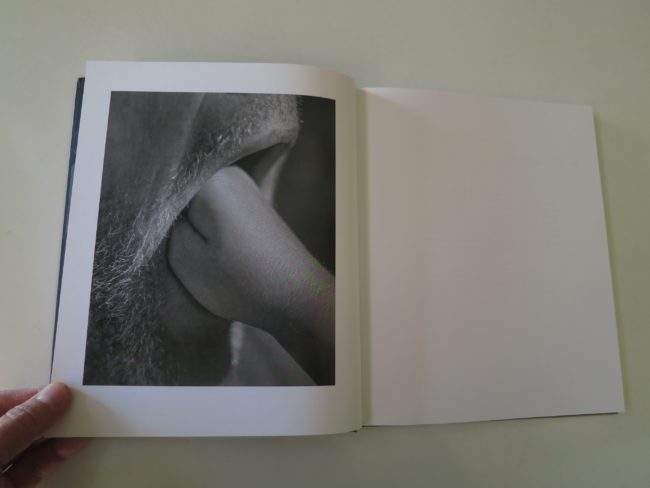
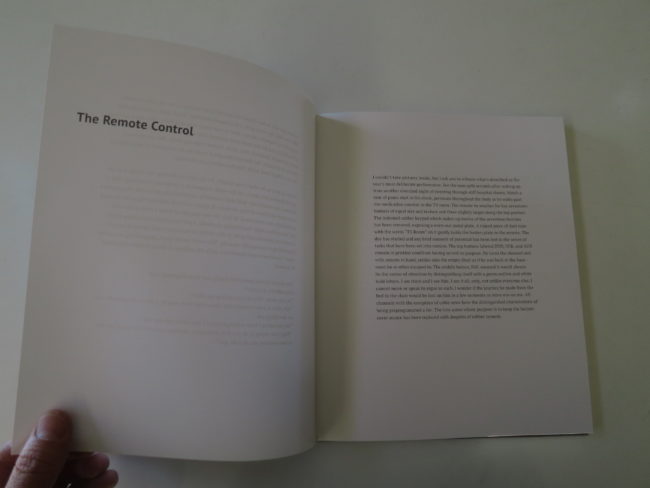

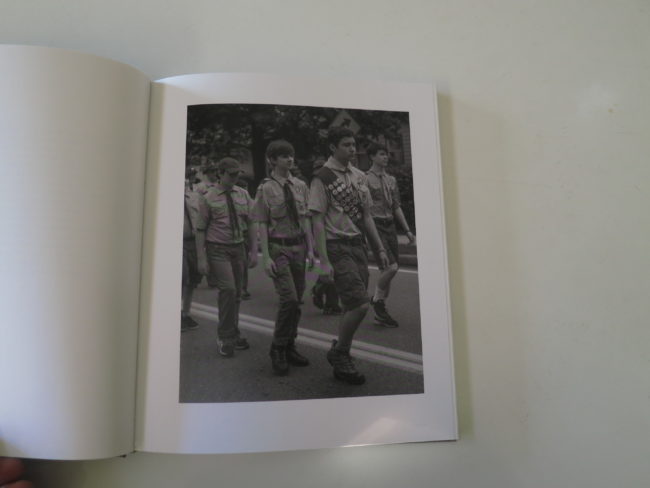

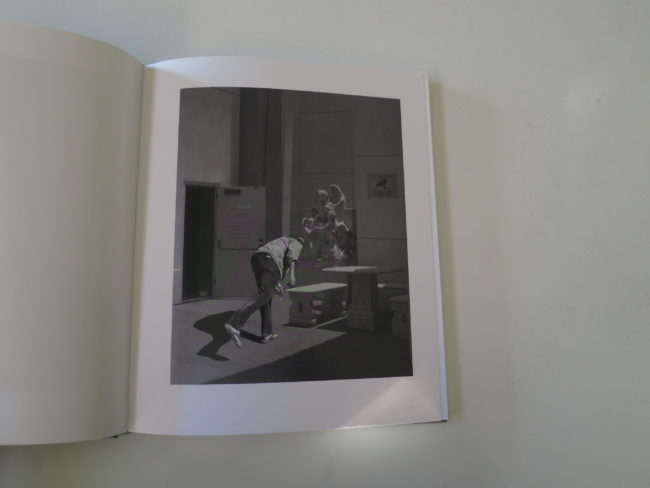
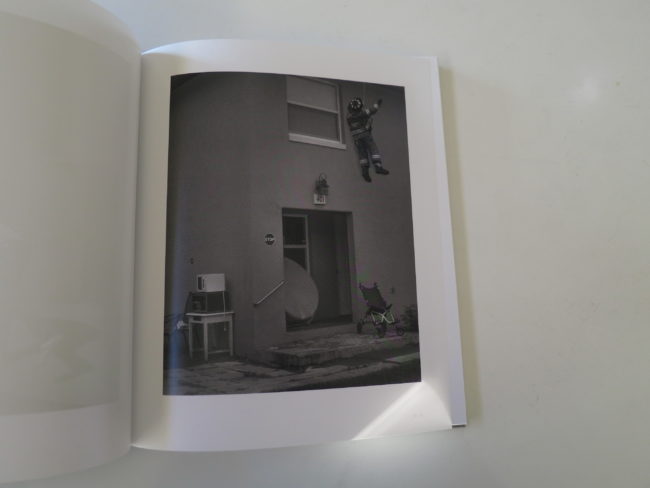
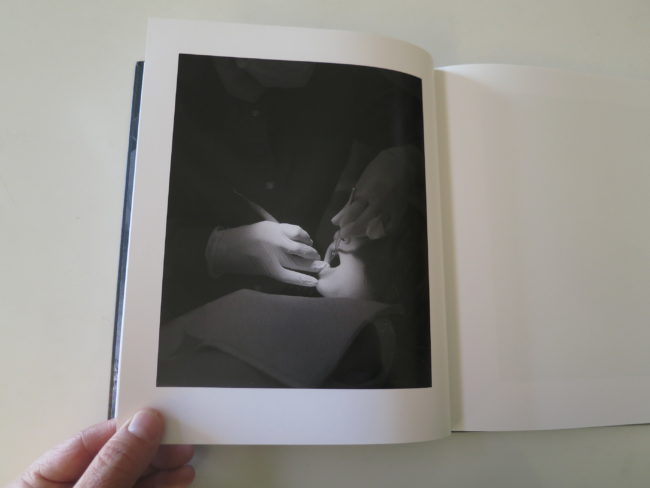
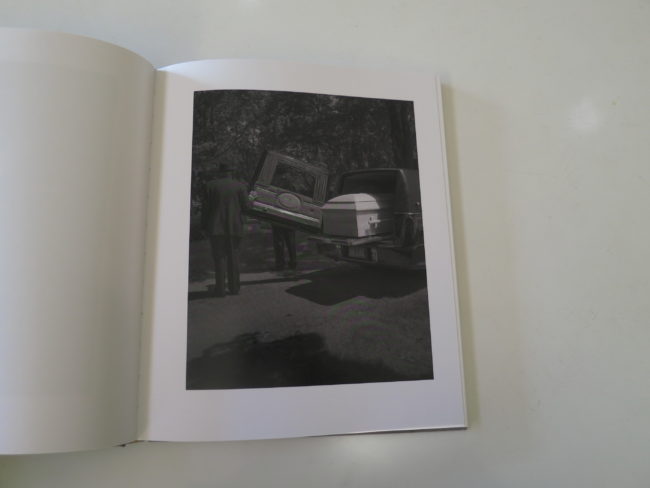



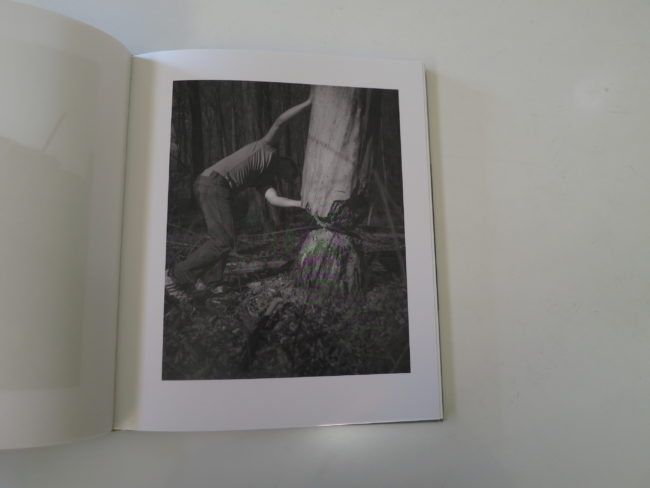
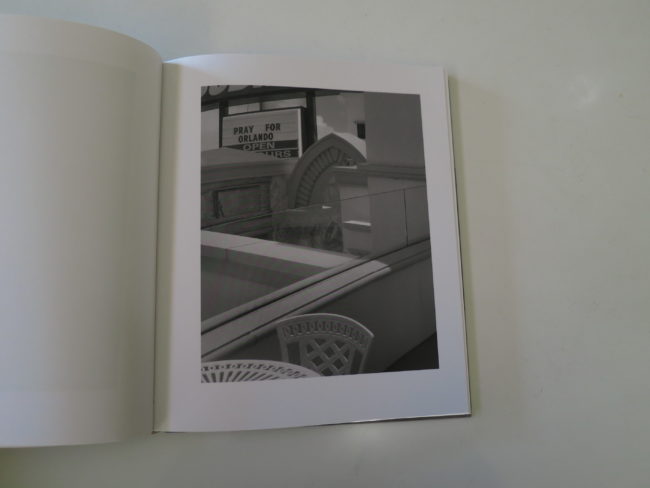
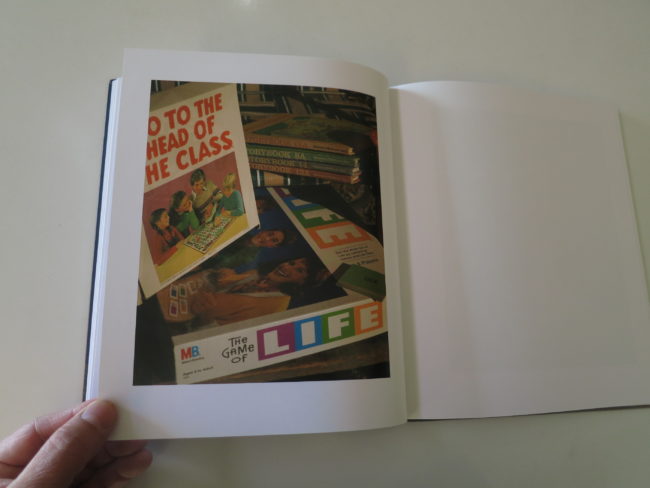
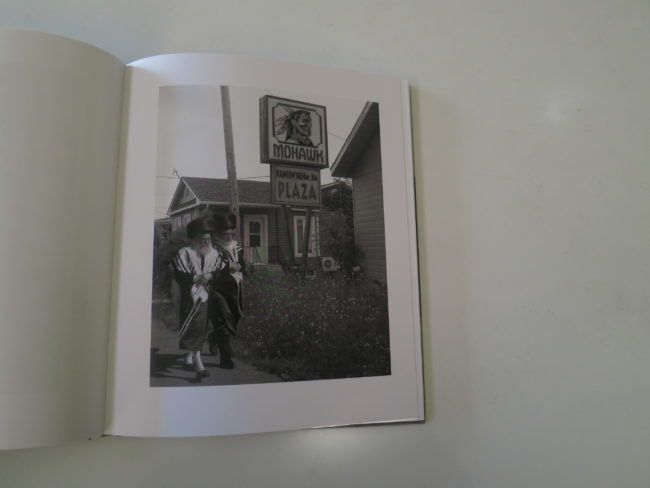
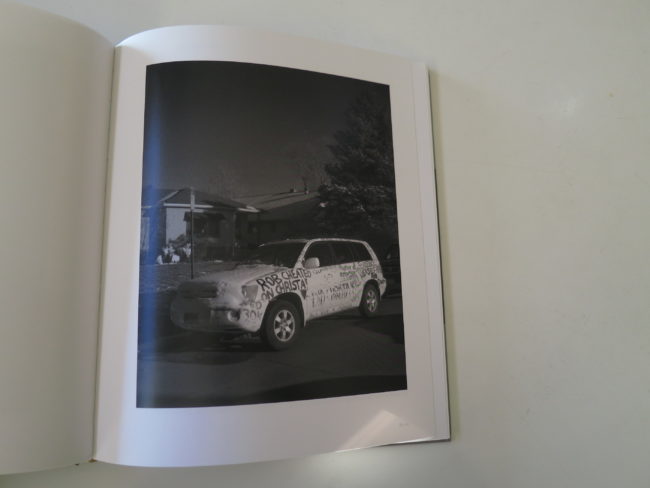




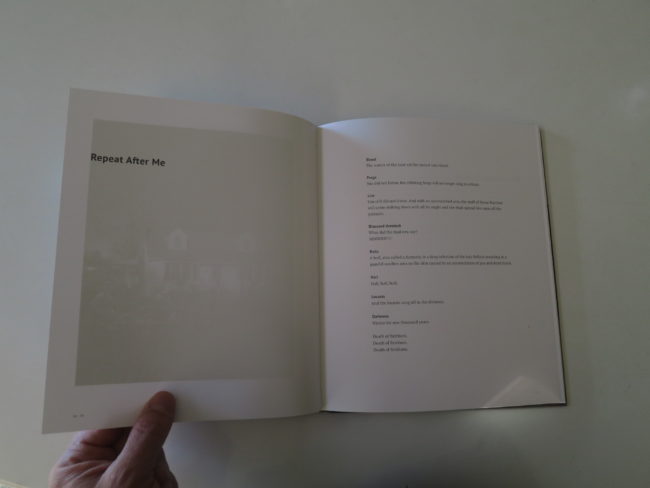



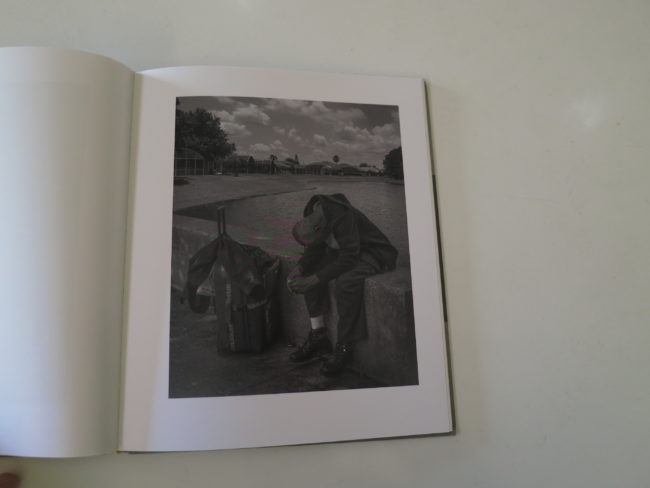
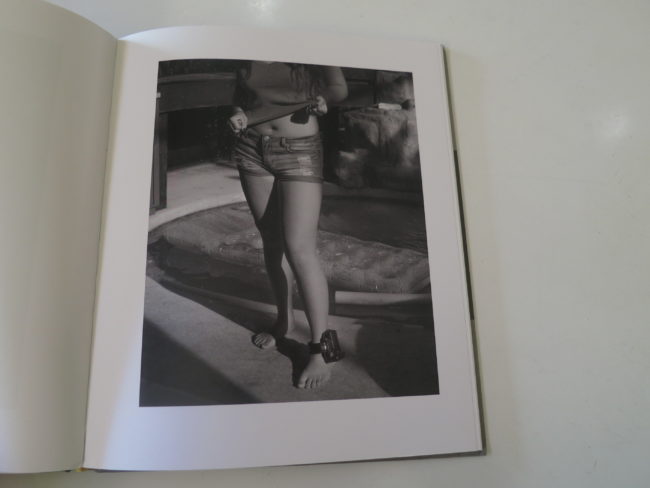
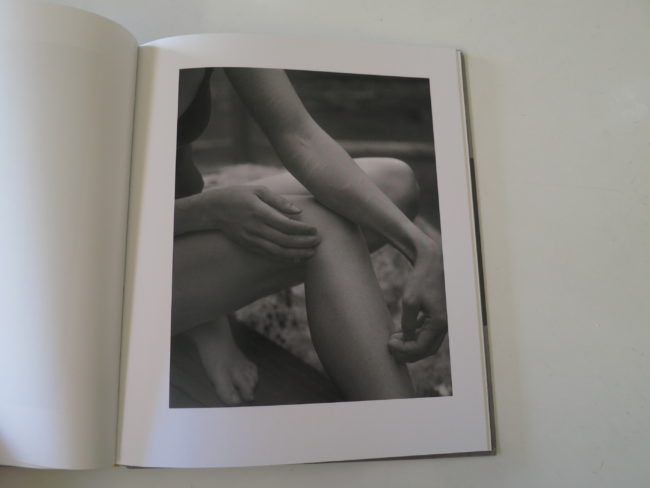


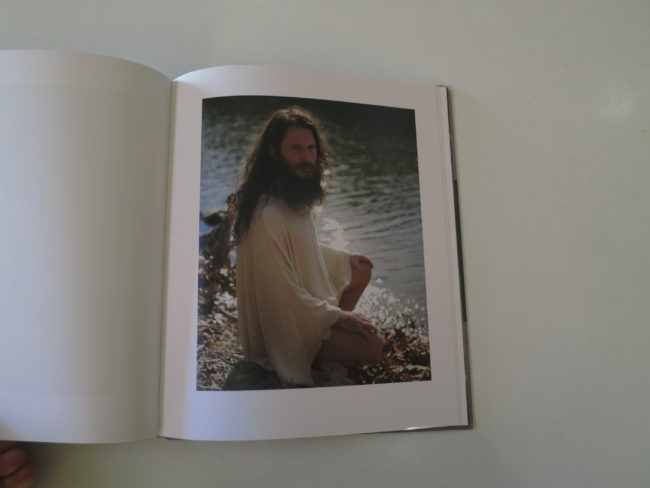
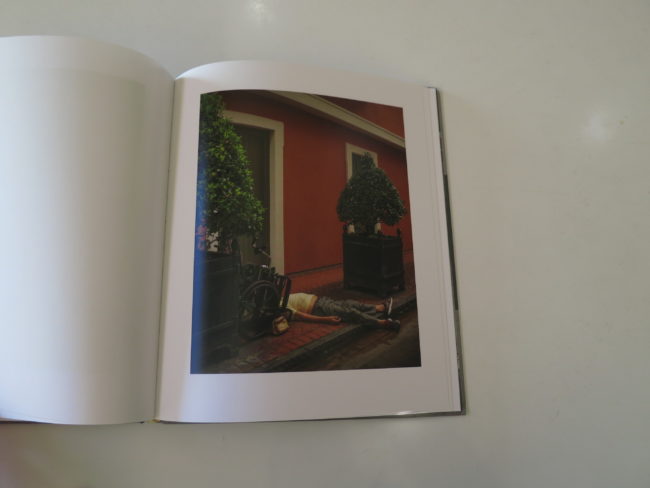
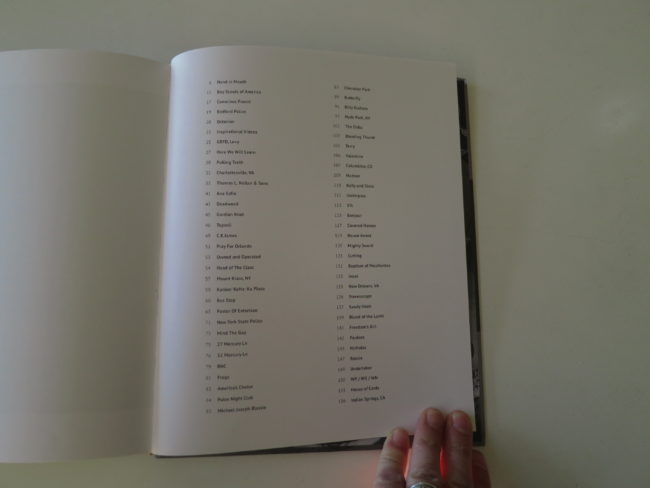
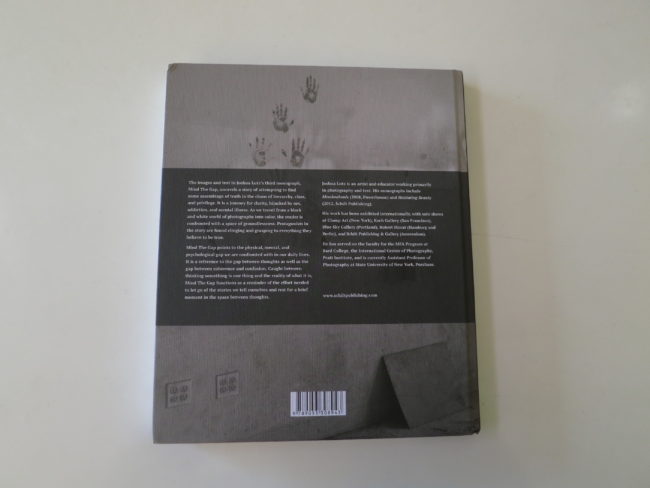
If you’d like to submit a book for potential review, please email me at jonathanblaustein@gmail.com. We currently have a several month backlog, and are particularly interested in submissions from female photographers so we may maintain a balanced program.
